MORITZ PARADISE: Solid Coloured Tuning Showpiece
The name Moritz is German variant of the French name Maurice and Mauricio in Spanish and Portuguese which means “originating from Mauretania (an ancient region in the northern Africa which are now part of the Morocco, Algeria, Tunisia and some parts of Spain), “Moorish” or “swarthy-skinned”. Moritz is also used as a surname among German, Swiss, Dutch, Danish and Ashkenazi Jews.

Meanwhile, the term ‘Paradise’ has strong religious connotations as it has something to do with an afterlife reward to abode for the faithful like Kingdom of Heaven, Valhalla and Elysium. It is also pertaining to an ideal and utopian realm with the likes of Garden of Eden, Arcadia and Shangri-la.

MORITZ AUDIO is one of the recently established boutique audio brands from Hong Kong and their main ambitious goal as an IEM company is to pursue a quintessential sound quality that will be exceptional among discerning audio enthusiasts. They recently released 4 midrange models in the audio market, and this model that I have here right now is one of their hybrid driver IEM offerings.
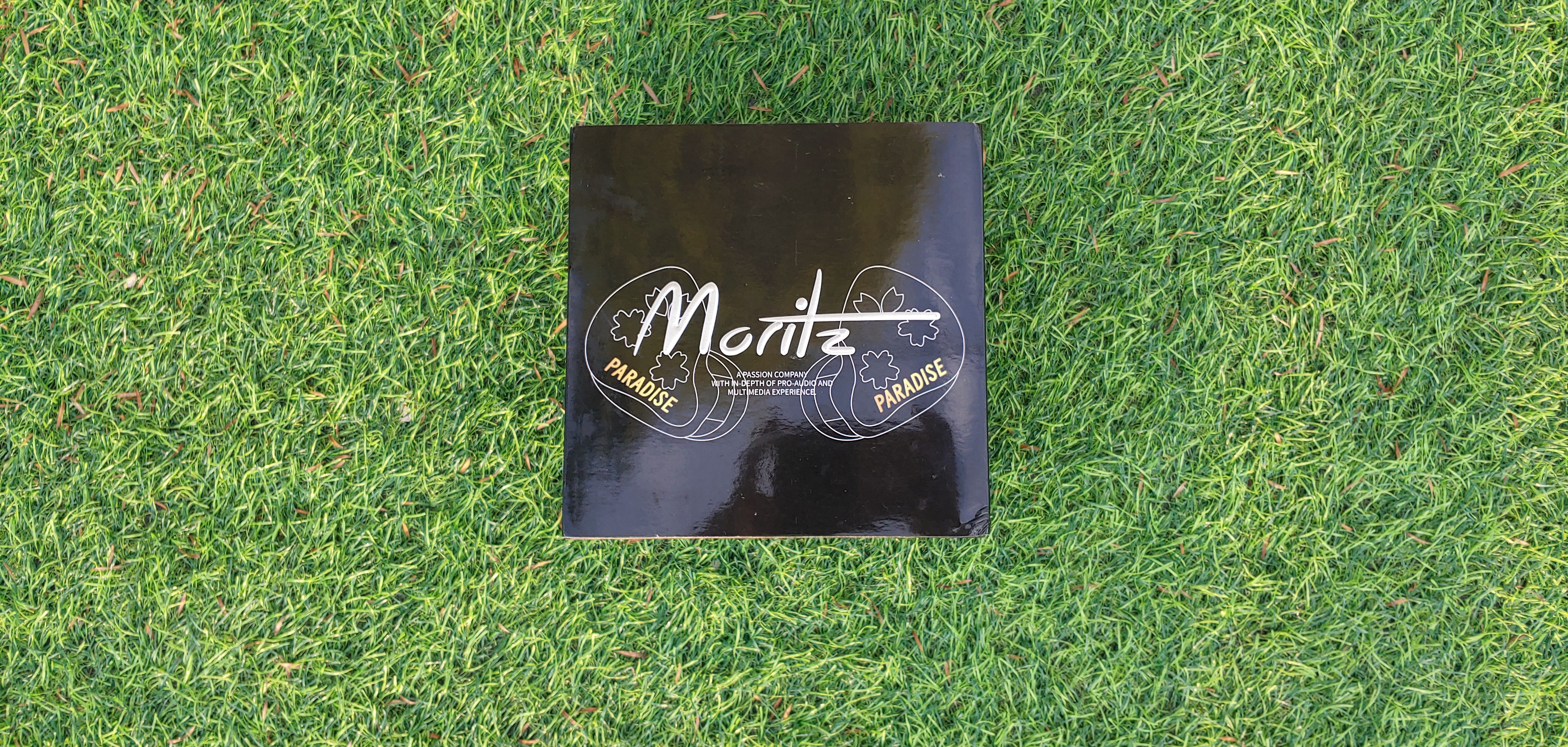
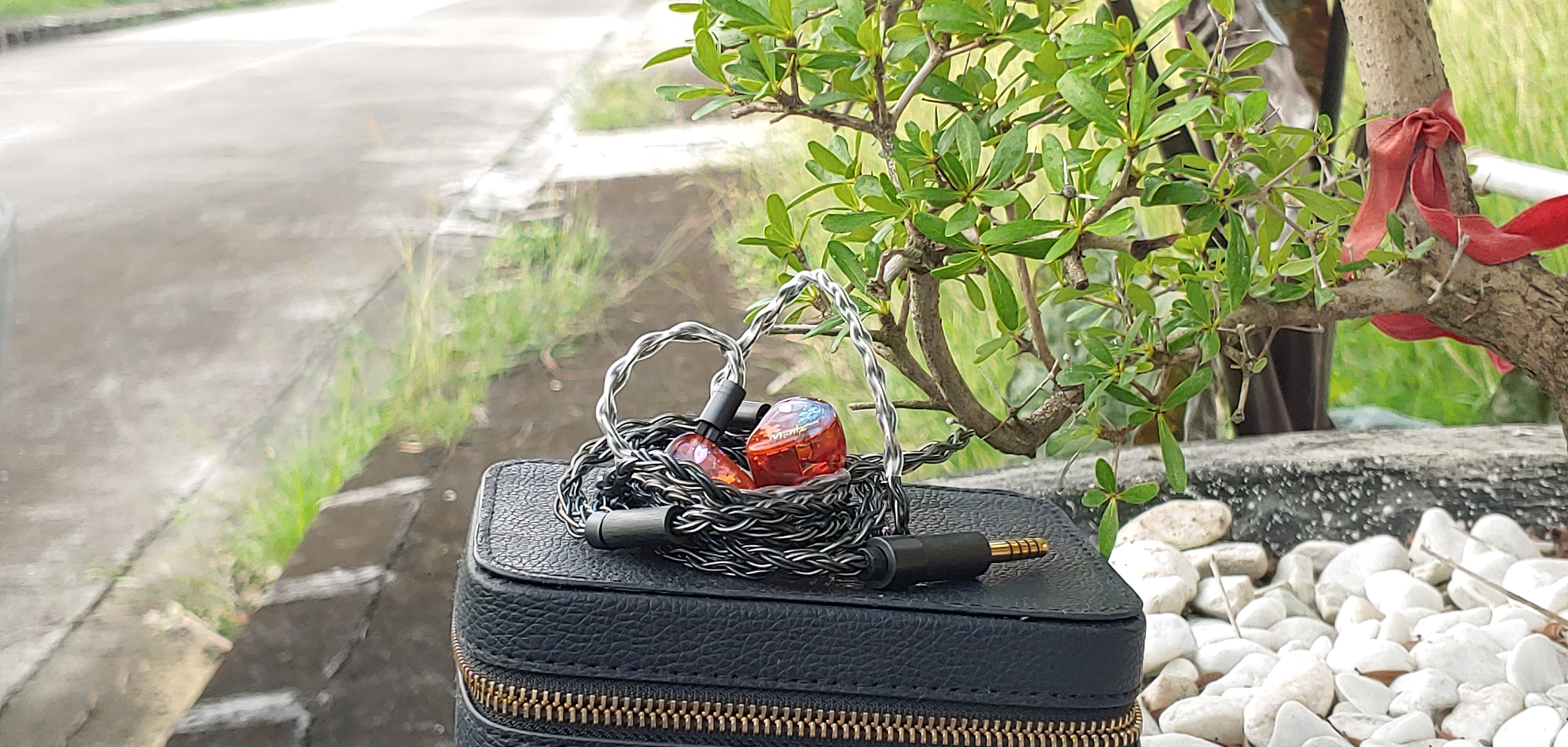
This is MORITZ PARADISE, as I mentioned a while ago, this is a hybrid driver IEM earphone, it has three types of driver technology that were implemented in this product, a dynamic driver, a balanced armature driver and a bone conduction driver. All of the drivers that MORITZ uses here are from reputable audio solutions, Knowles and Sonion.
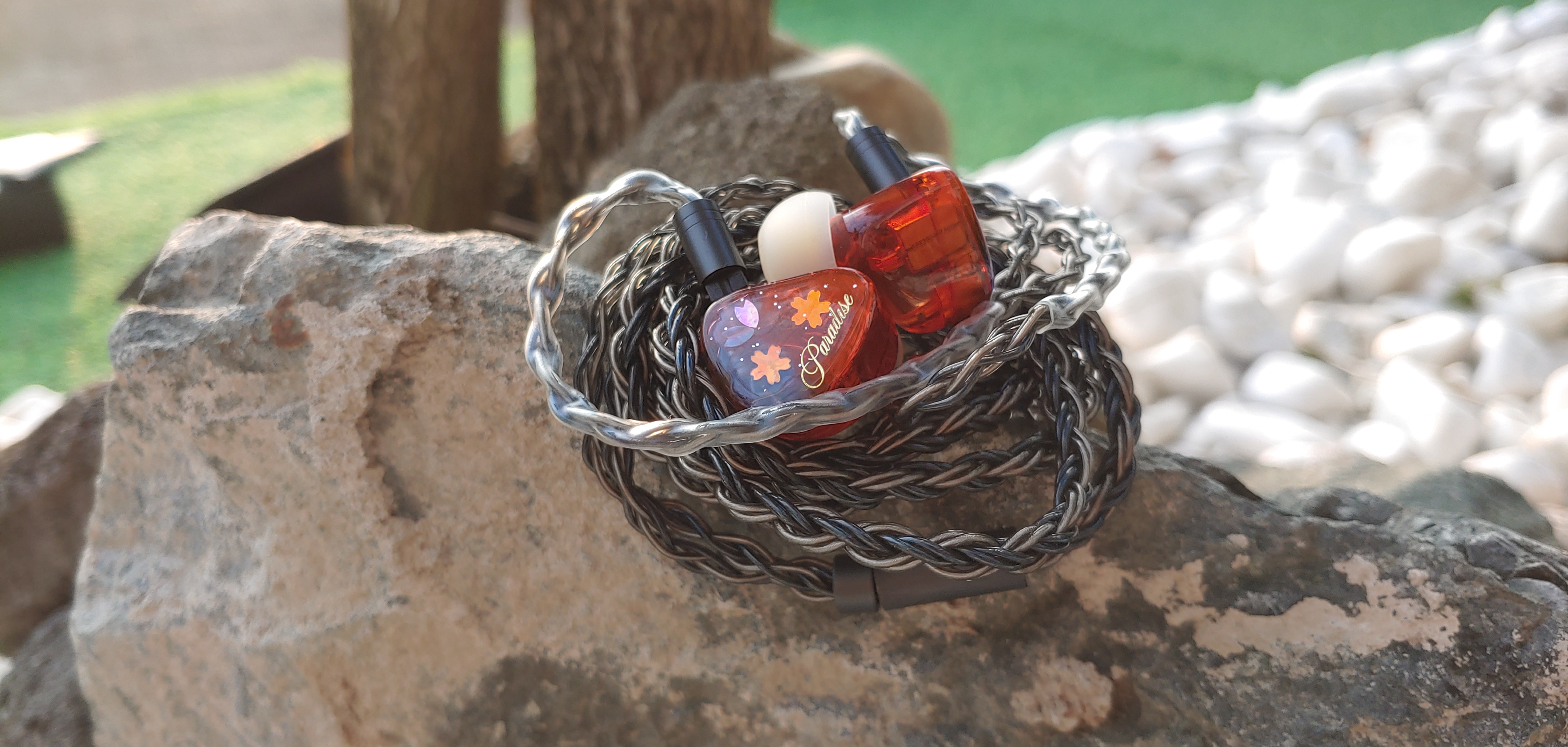
There are a total of 8 drivers that were put on each side of the earpiece along with 4-way active crossover along with a penta-channeled passive acoustic tubes/channels. These acoustic tubes were connected to the following drivers; dual CNT (Carbon Nanotube) composite dynamic drivers for a solid, deeper and consistent bass response, a quad set-up of midrange and tweeter balanced armatures consisting of Knowles and Sonion that will produce a rich, full and detailed midrange, and also, a crisp and clear treble, and last but foremost, a dual Sonion bone conduction drivers (probably a 37AAX007 model or a variant of it) which add some layers of fullness and deep reverberating effect to add more that ambient feel in the overall sound quality.
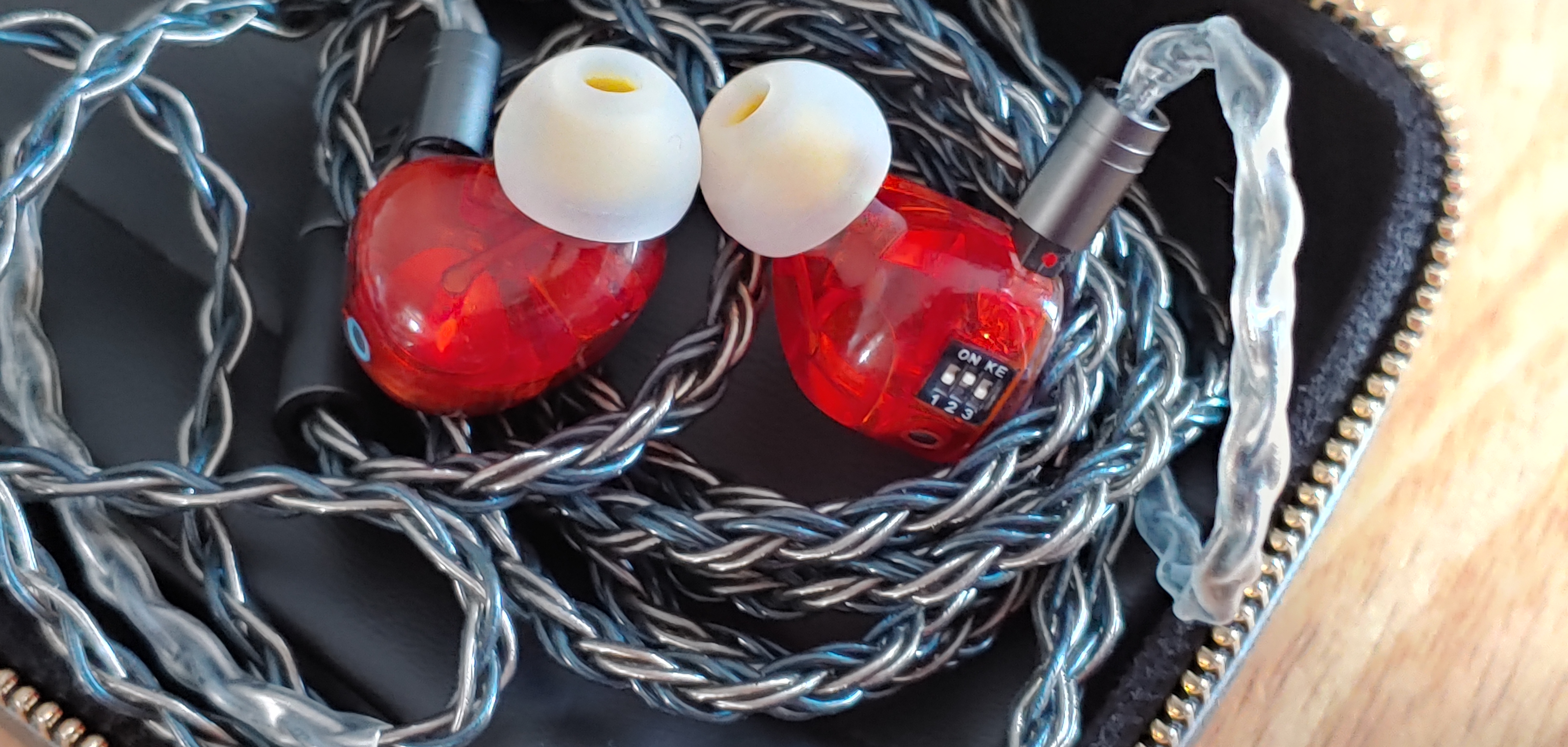
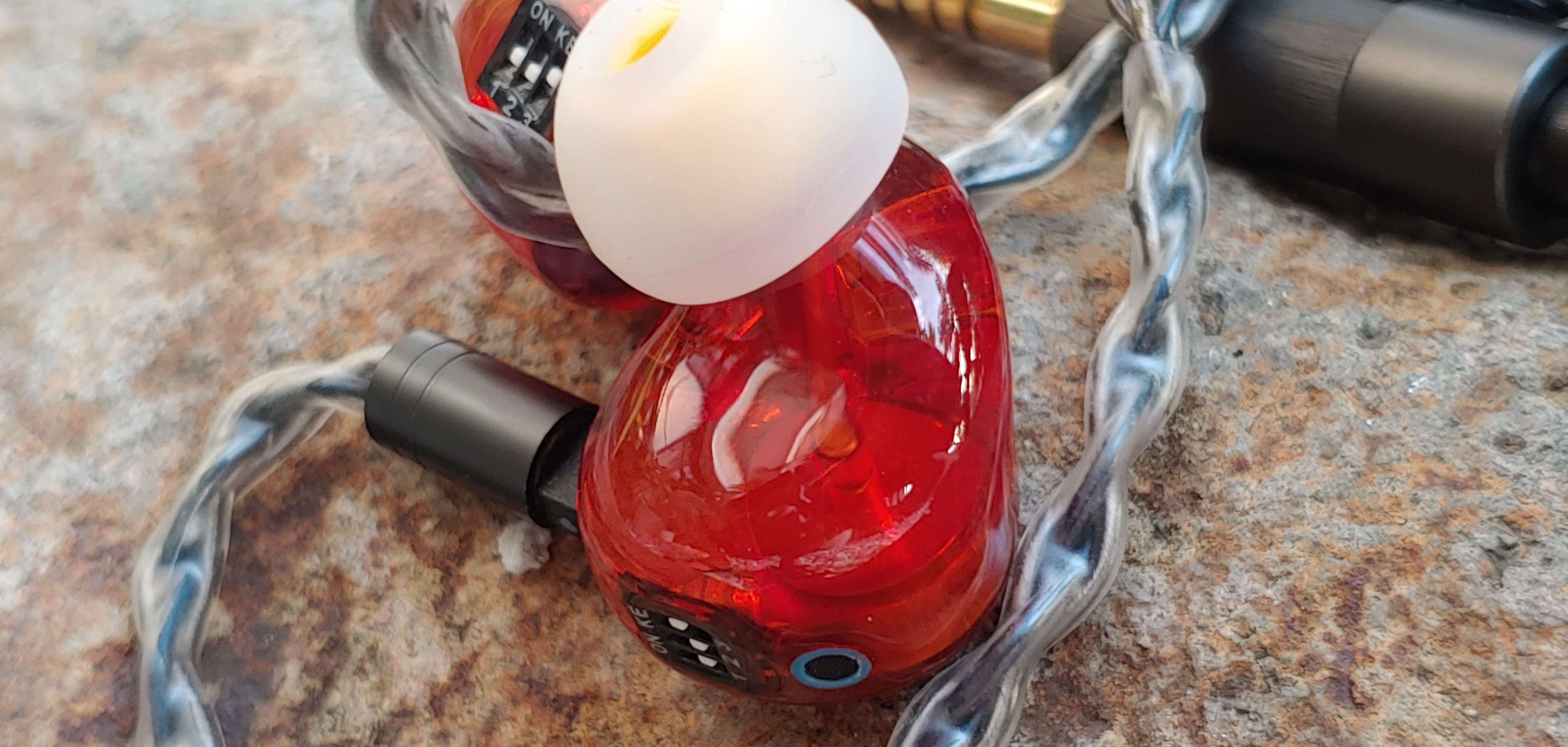
The drivers along with its supporting components were encapsulated in an imported resin shell chassis that are of medium-size and also has some hypoallergenic properties that makes it more skin-friendly. MORITZ only offers one type of colourway for this particular model and it is colour red with a variety patterns of flowers and leaves on its resin faceplate. There’s a large vent hole at the upper part along with tuning toggle switches in which this set makes it more versatile in terms of switching tonal profile to another one. The PARADISE uses a proven and stable 0.78mm bi-pin connector as its interlocking mechanism for its attaching and detaching cable in which it gives you an option to try another third-party cable, but MORITZ already provided an excellent stock cable for this unit.
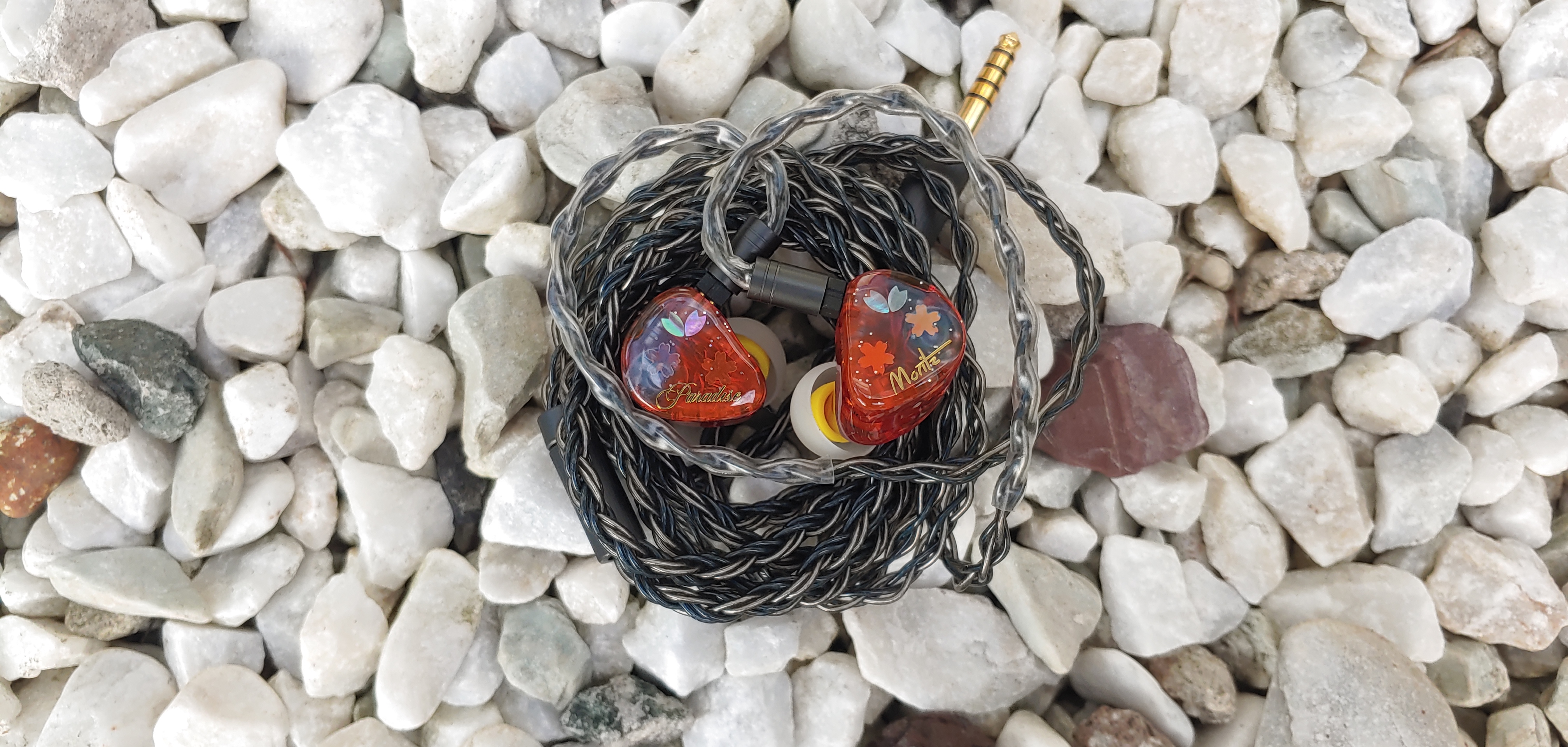
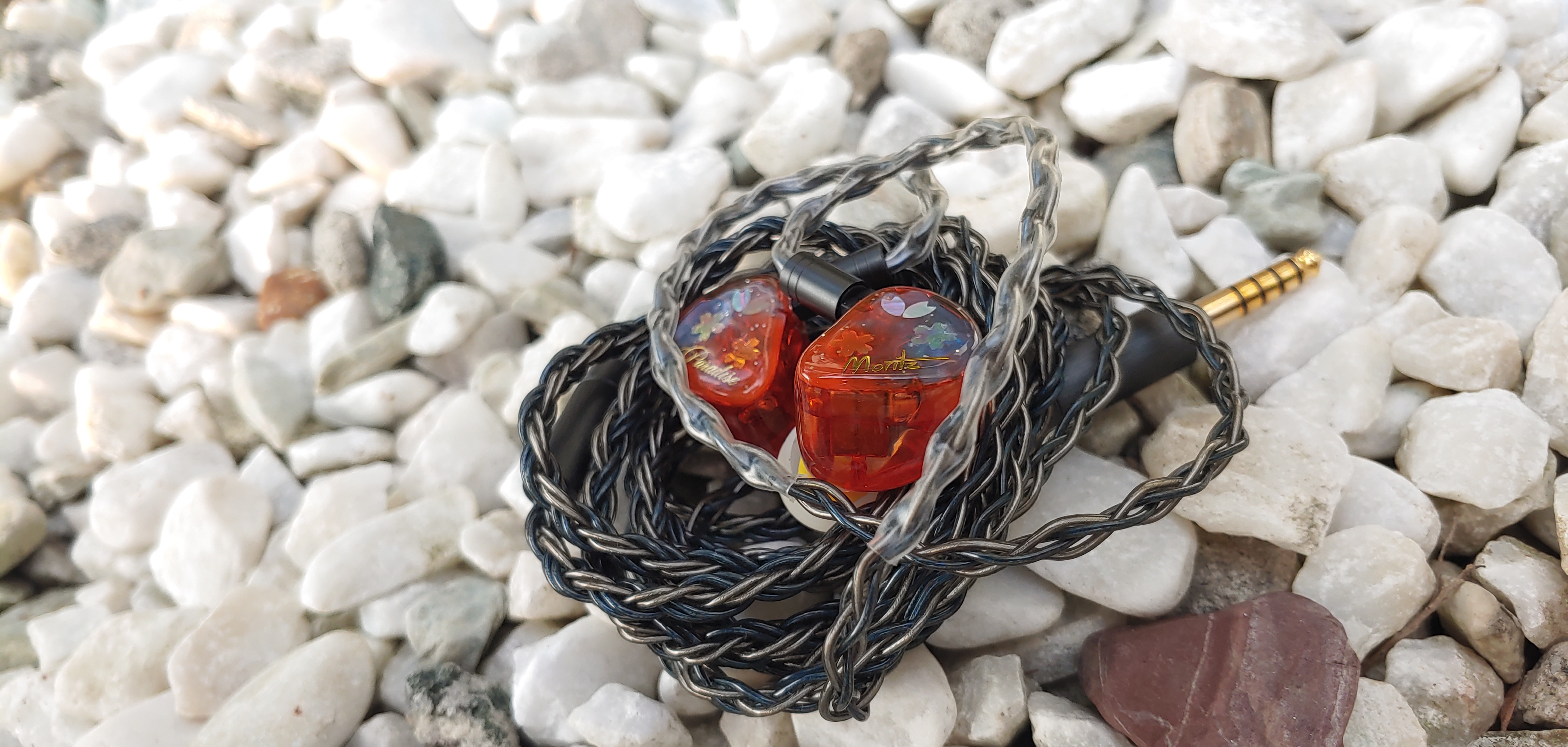
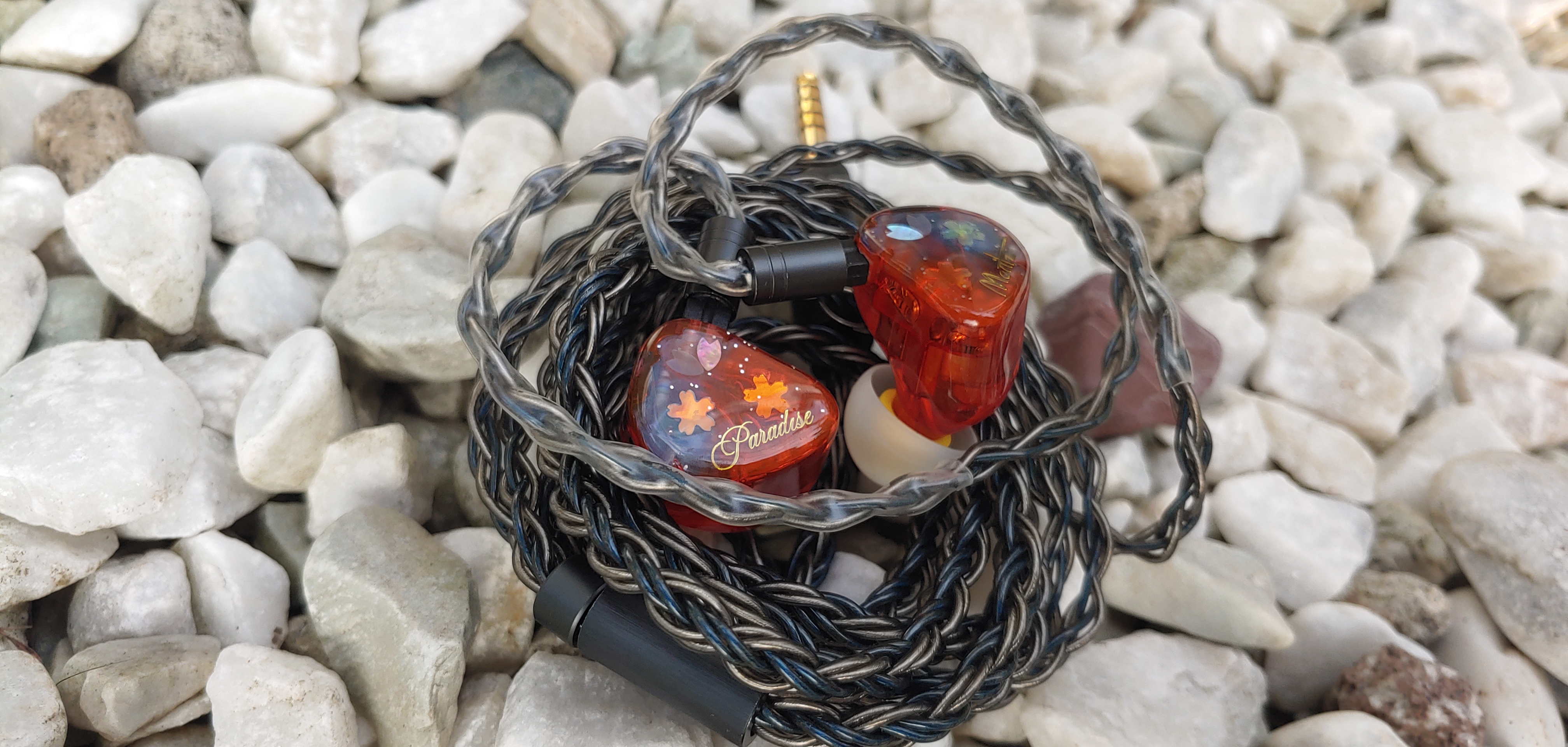
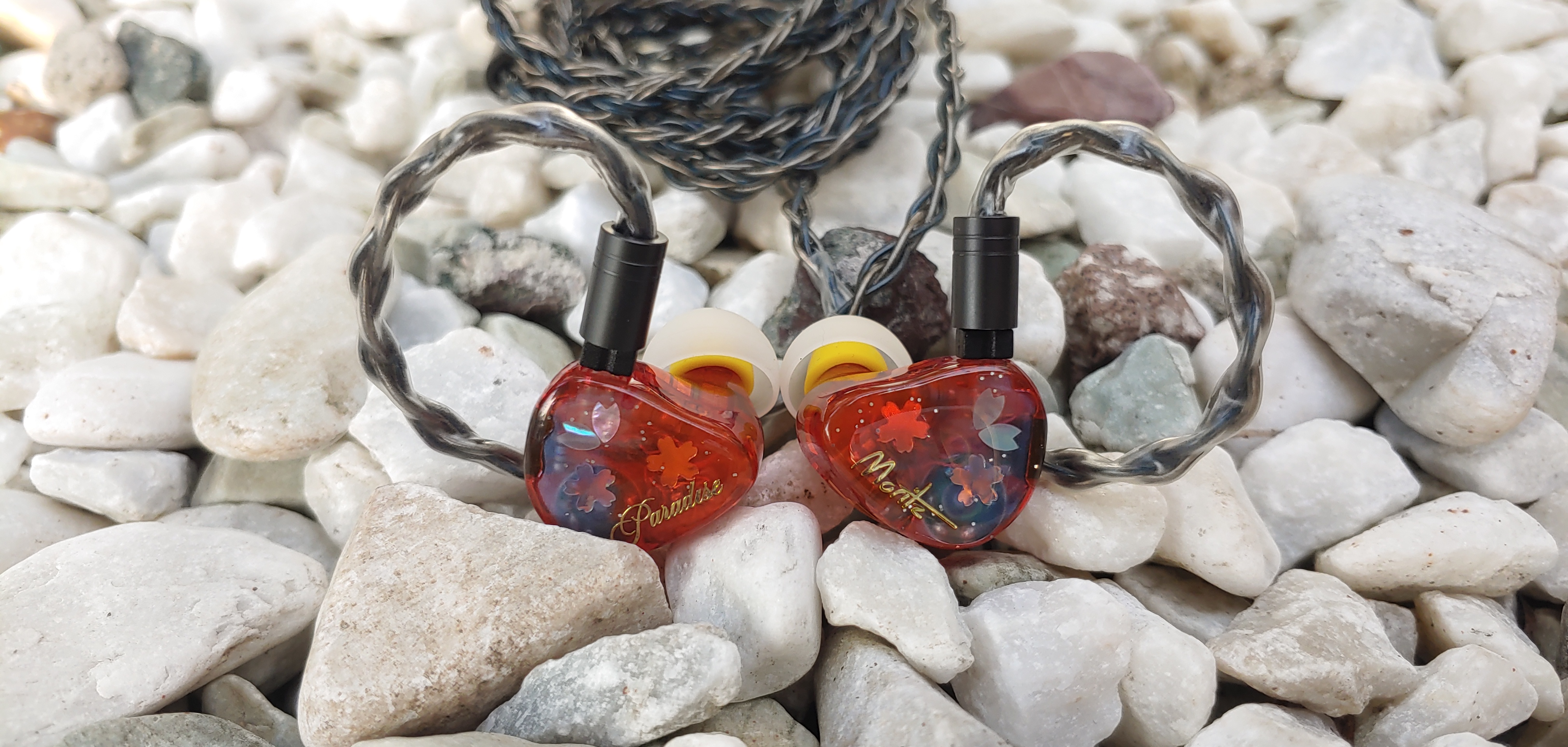
When it comes to wearing and comfort, while it appears that the body of this one is a bit bulky due to implementation on multiple drivers inside, the earpieces offer a snuggly fit into my lugholes without any issues at all. The passive noise isolation is also excellent on this one as it was able to block away any unwanted noises from the outside surroundings.
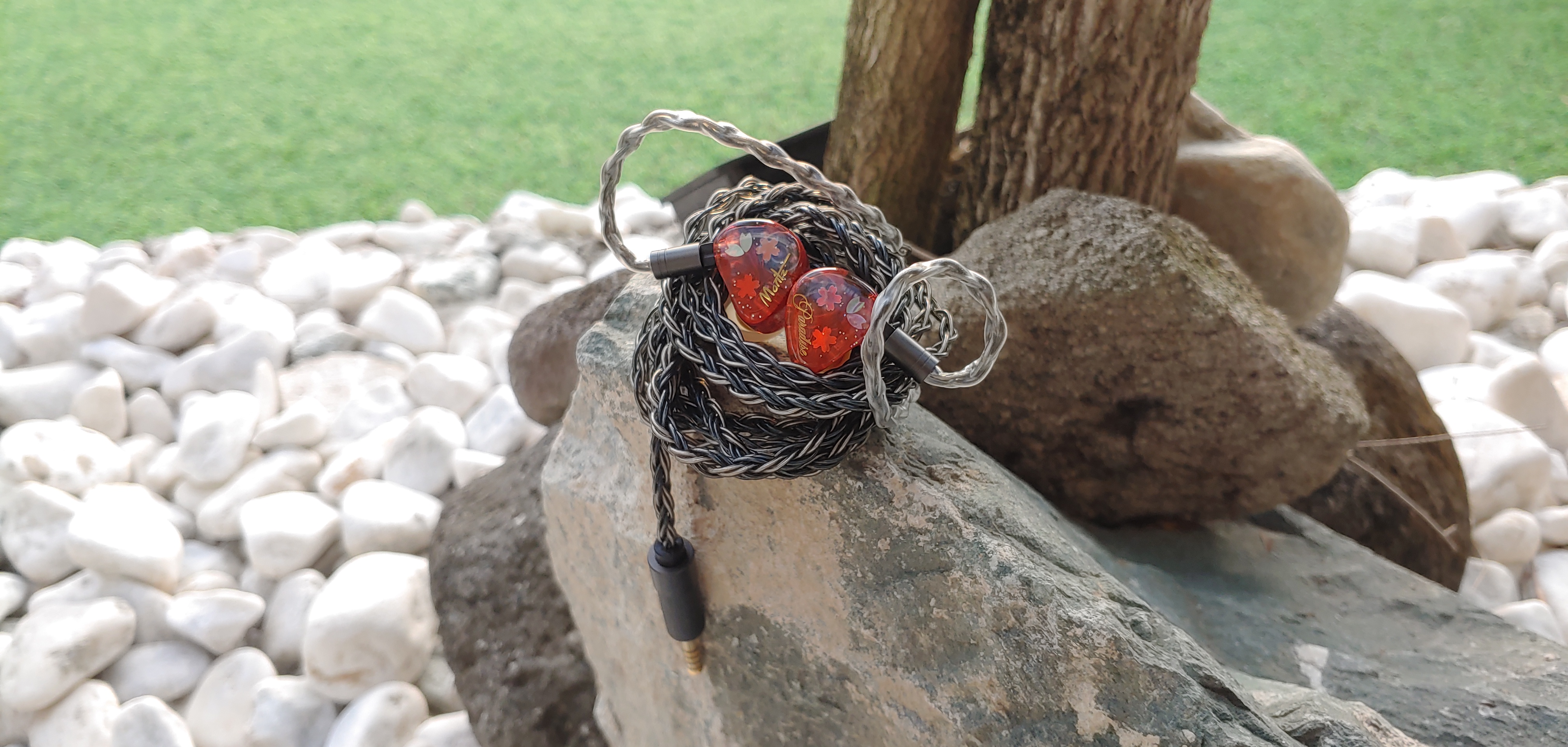
The stock cable that was included in this unit is an 8-core structured braided oxygen-free silver-plated copper cable with modular termination plug where it is easy to interchange it with other types of termination plugs like the balanced ones, 4.4mm and 2.5mm aside from 3.5mm single ended. Overall, the cable quality itself is quite supple and flexible but susceptible from entanglement, and I don't encounter any microphonic effects that might affect the transmission quality of audio signals.
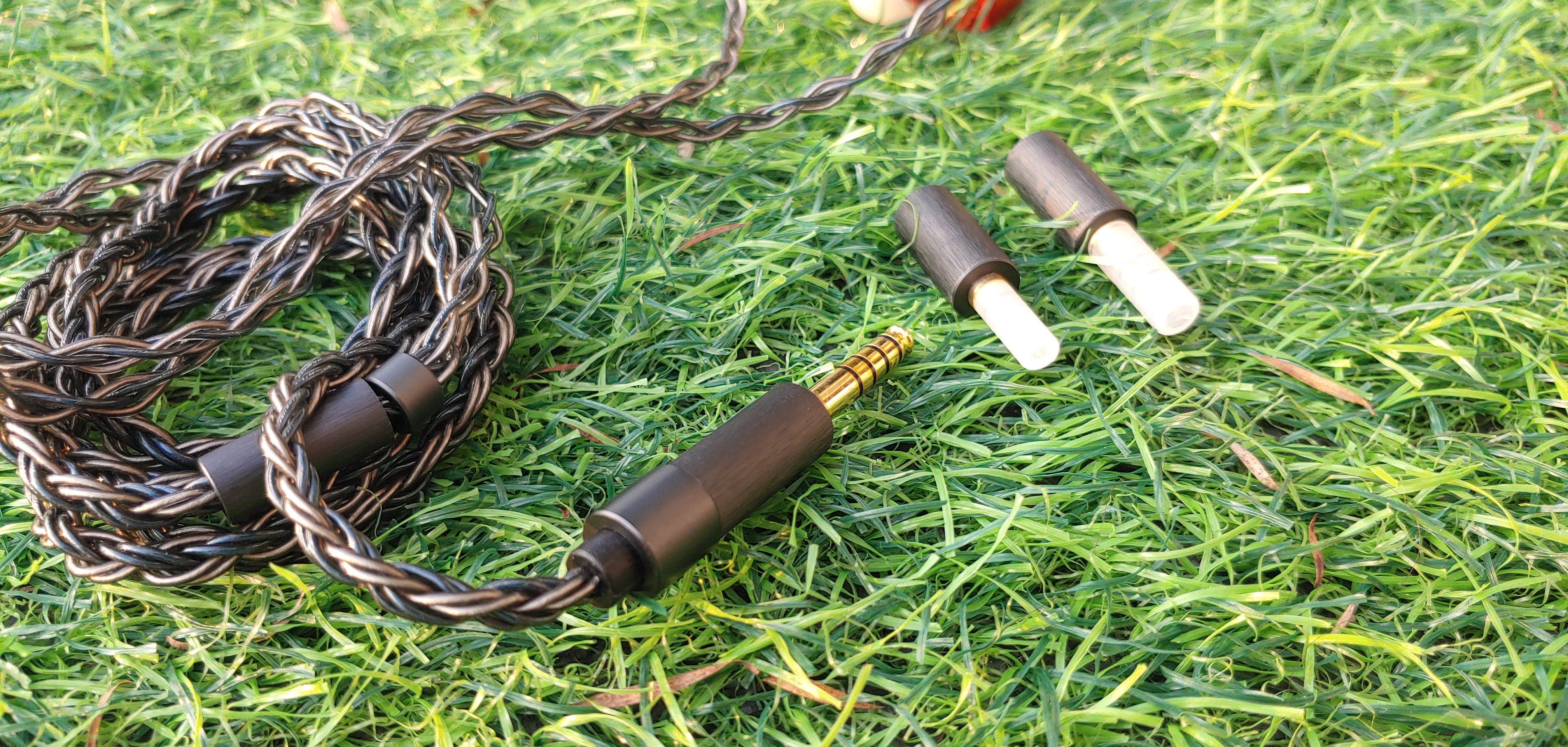
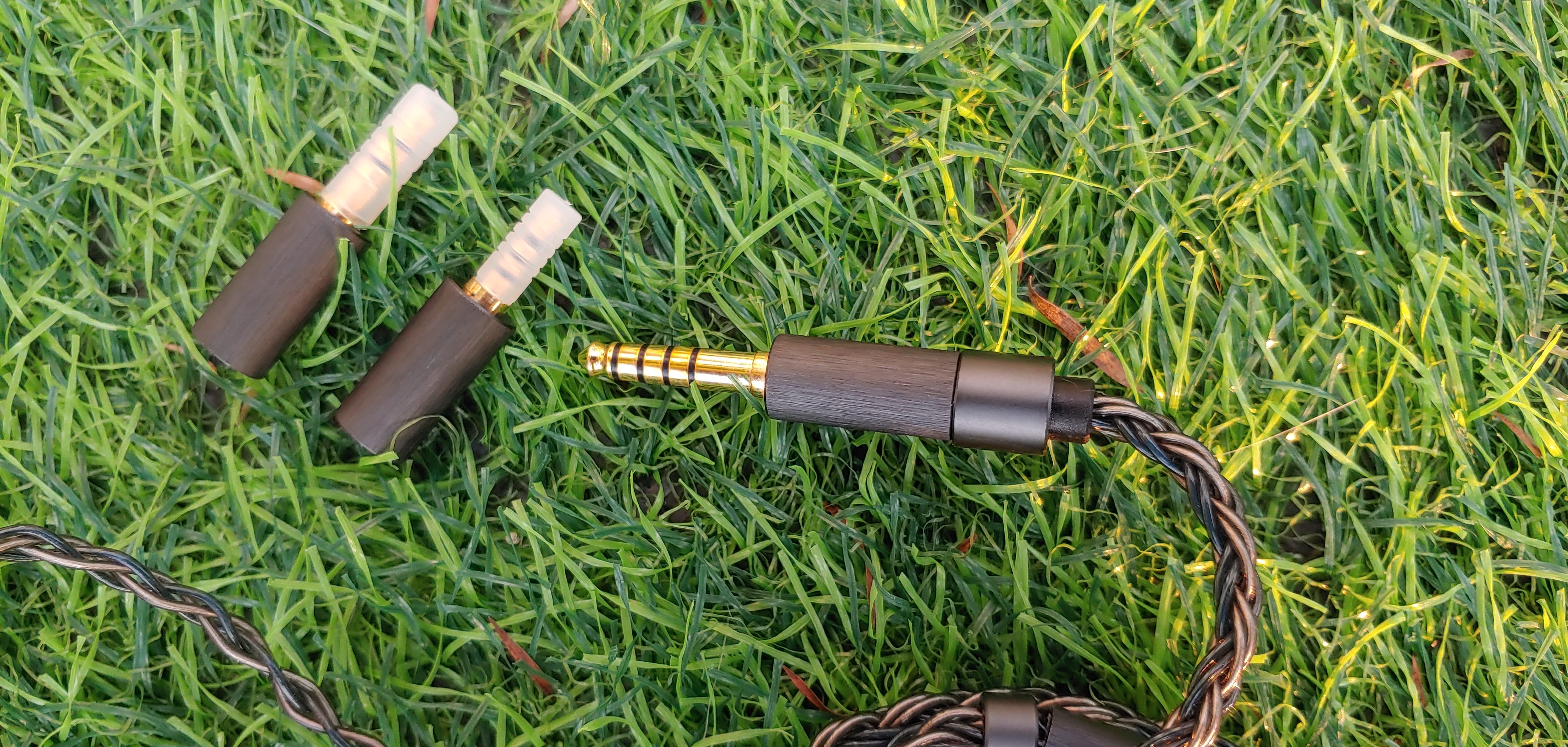
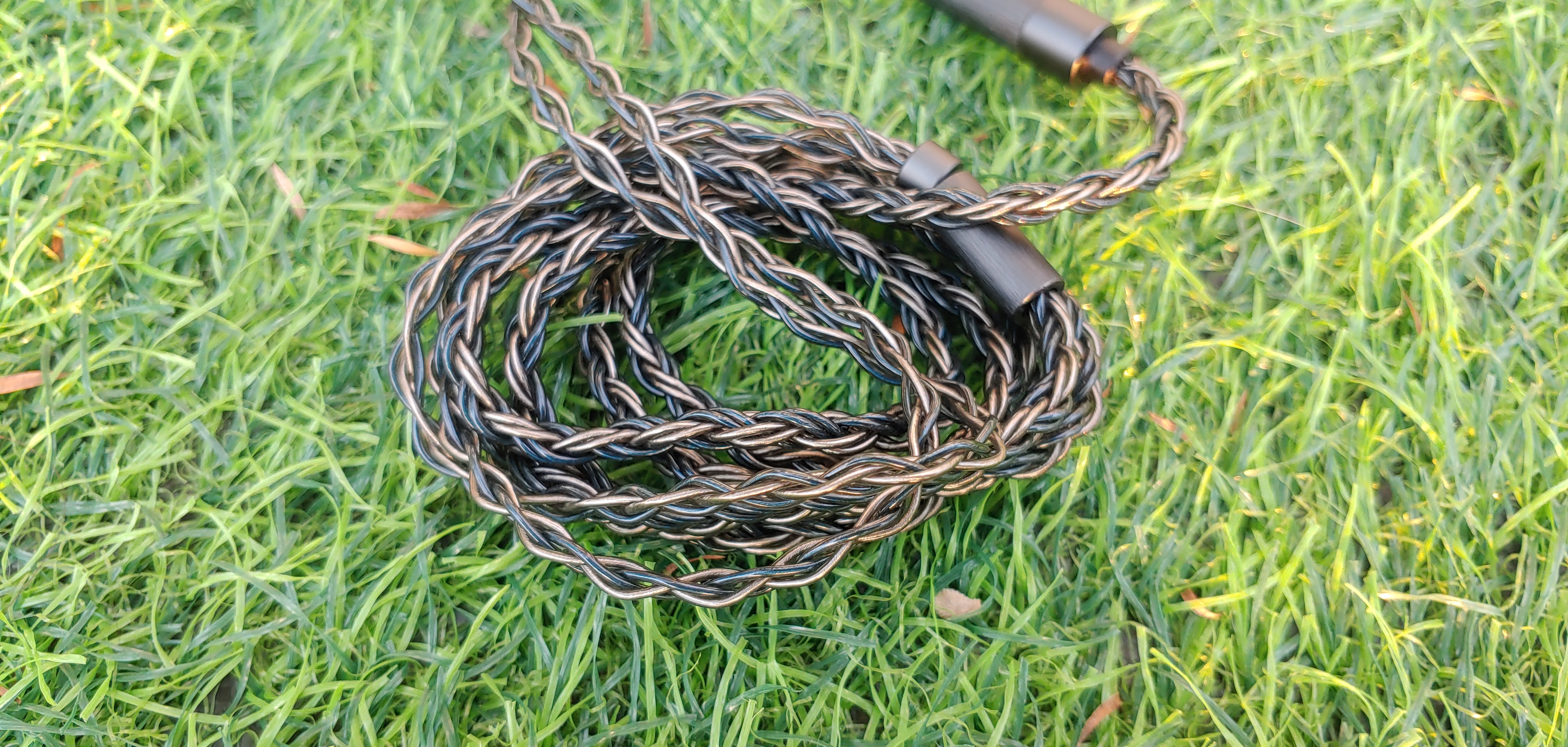
As for product packaging, given that the MORITZ PARADISE is a midrange set, like a typical midrange set, it offers a substantial amount of accessories inside of its medium-sized packaging box.
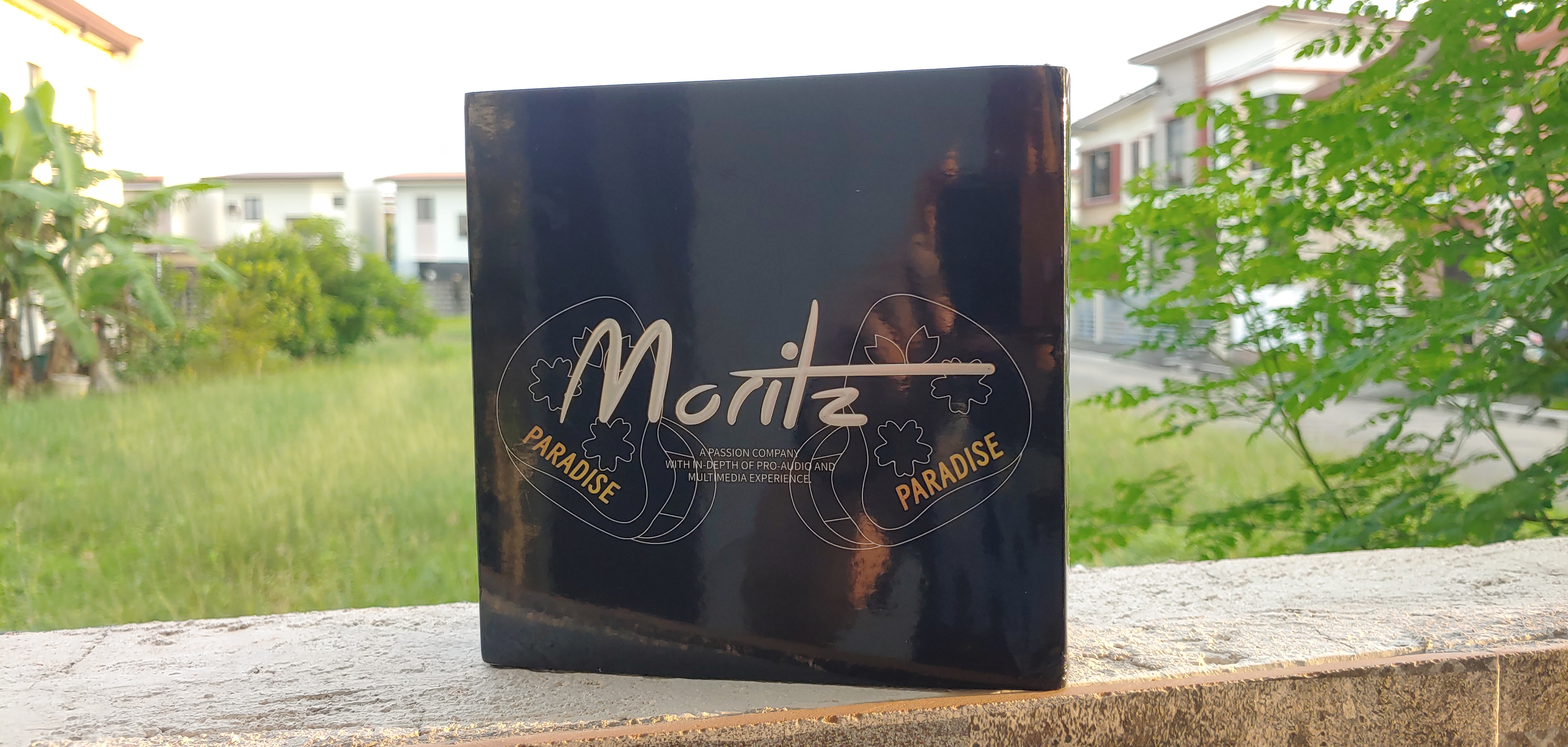
These are the following contents included inside of it packaging box:
- Pair of MORITZ PARADISE IEM transducers.
- Modular stock cable.
- 3.5mm single-ended termination plug adaptor.
- 2.5mm balanced termination plug
- adaptor.
- 4.4mm balanced termination plug
- adaptor.
- 3 pairs of balanced bore black-coloured silicone ear tips in different standard sizes.
- 3 pairs of balanced bore white-coloured silicone ear tips in different standard sizes.
- a large of PU leather carrying case
- Tuning pin
- User’s manual
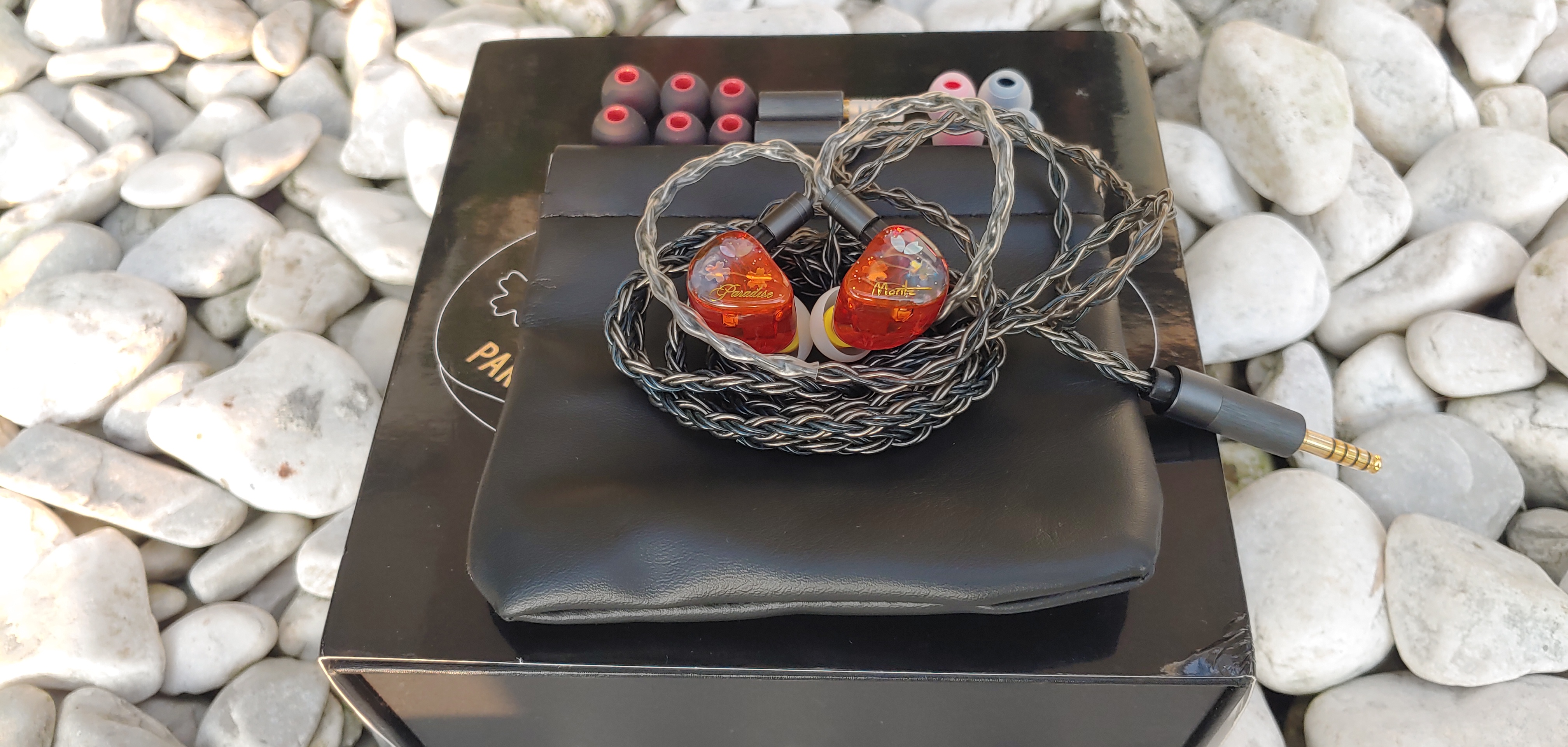
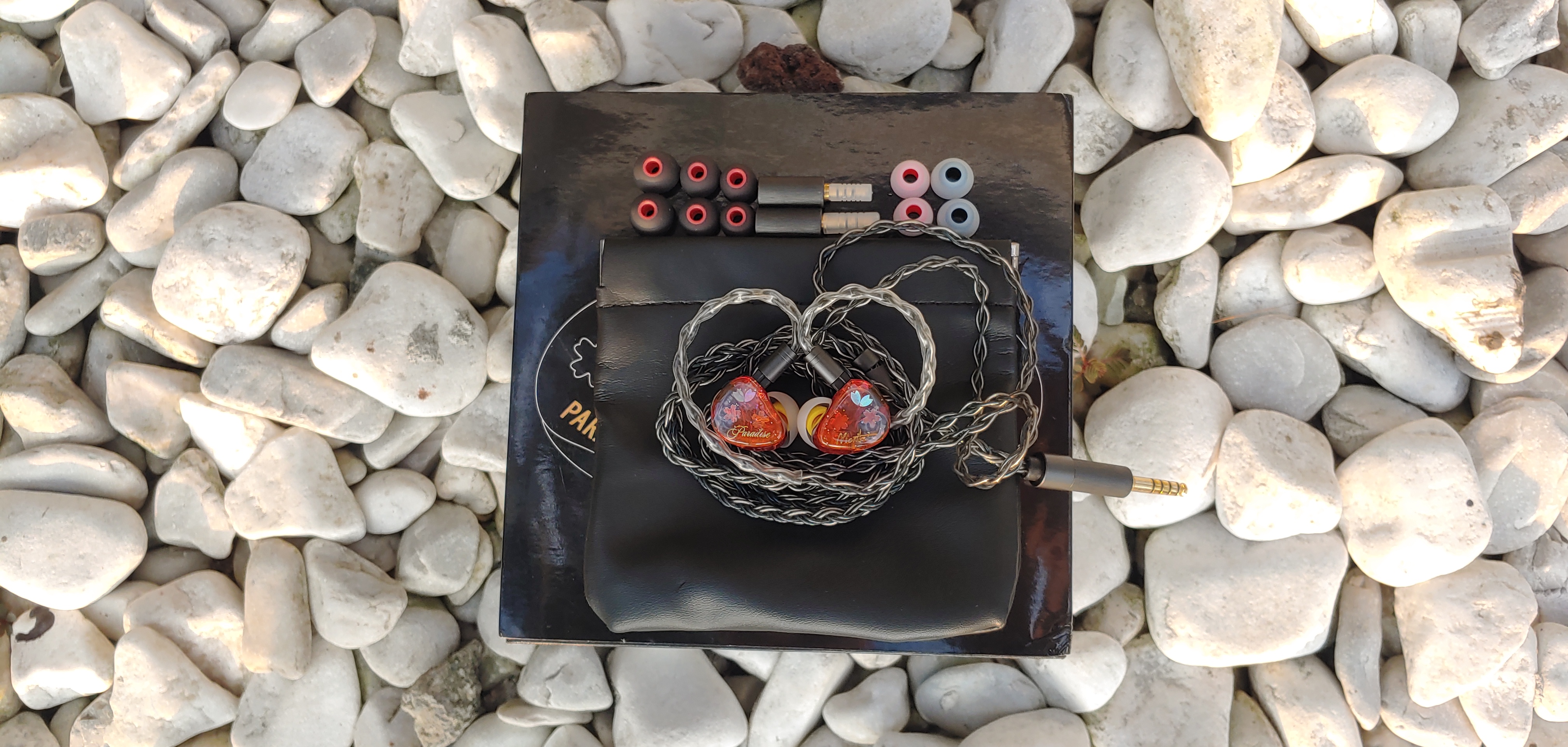
As for power scaling, given that this set is a hybrid driver configuration of quantitative amount, it is surprising to know that it has a low resistance rating of 7 ohms. And in that rating, it might a concerning matter for a set with a single digit impedance that it might produce some hiss on some varying impedance outputs and power outputs of some source (cough..cough…Andromeda), but this one simply performs like a typical low impedance IEM in which I don’t encounter any unwanted noise floor. To think that this one can be paired to some device sources with a high power output like headphone amp dongles and DAPs which will amplify this set at optimal level where it can produce a very dynamic and full range sound.
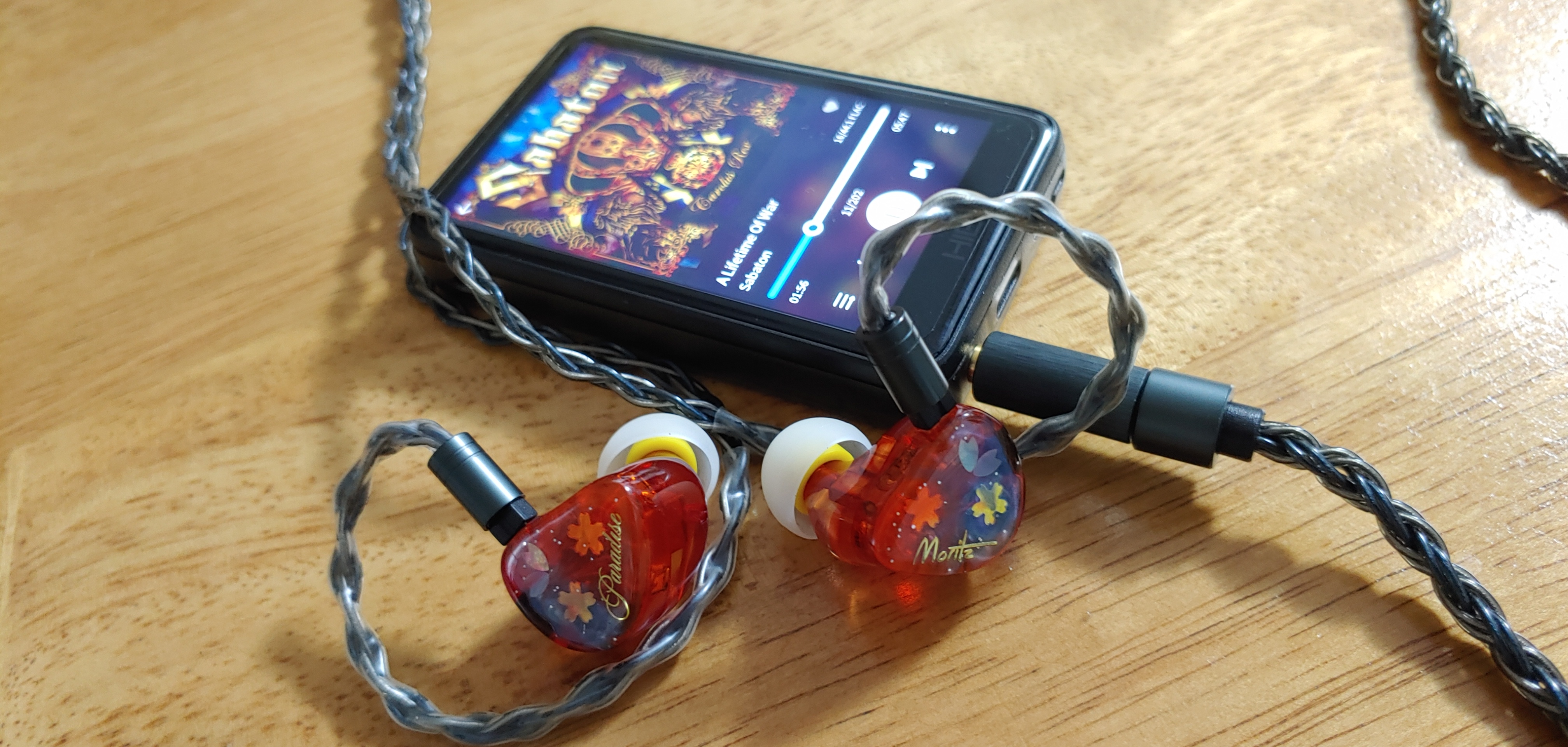
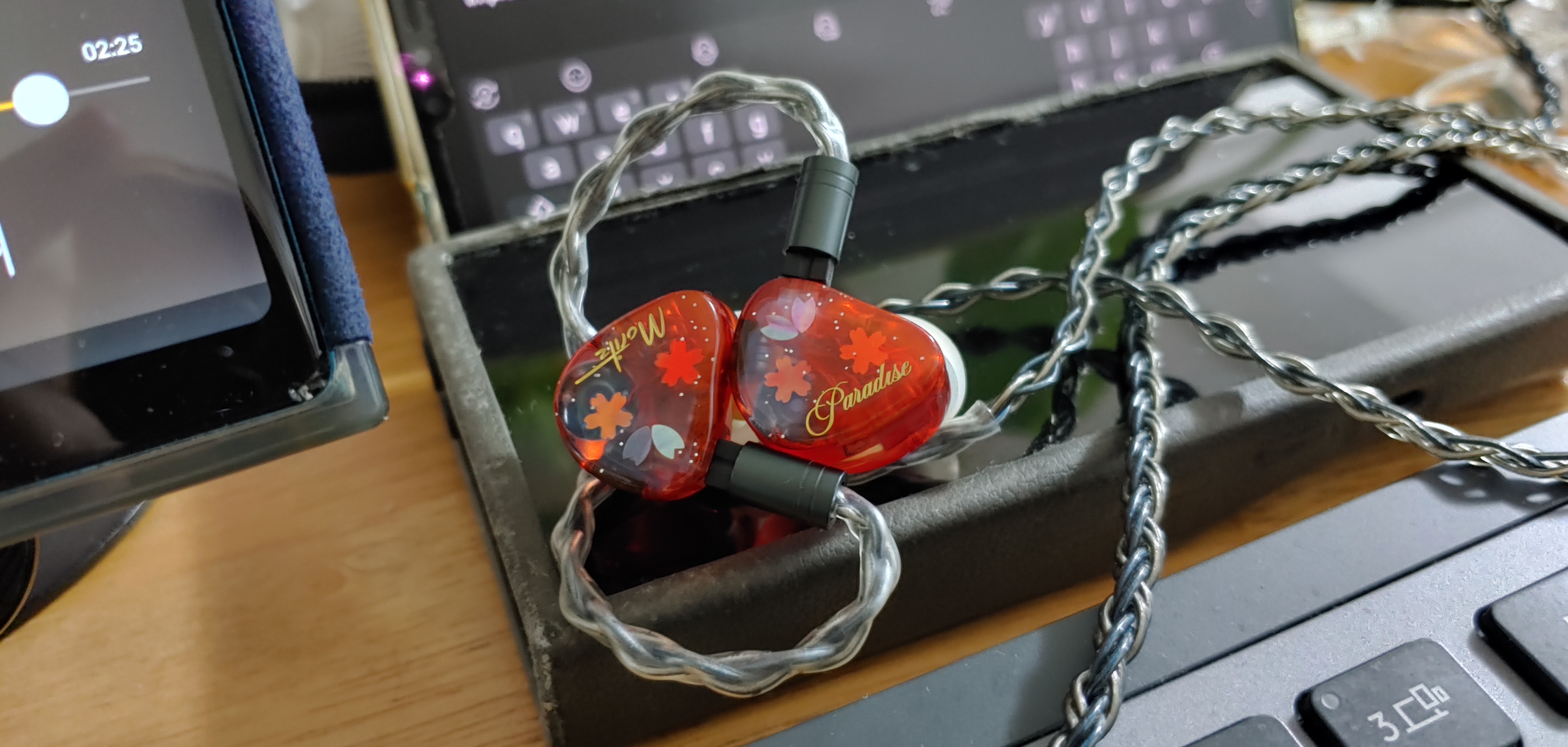
Regarding its tonal profile, since this set has a 3-way toggle switch system which offers a variety of tuning profiles. MORITZ provided three differents tuning profiles and here are the following: (Legend: ● = up, ○ = down)
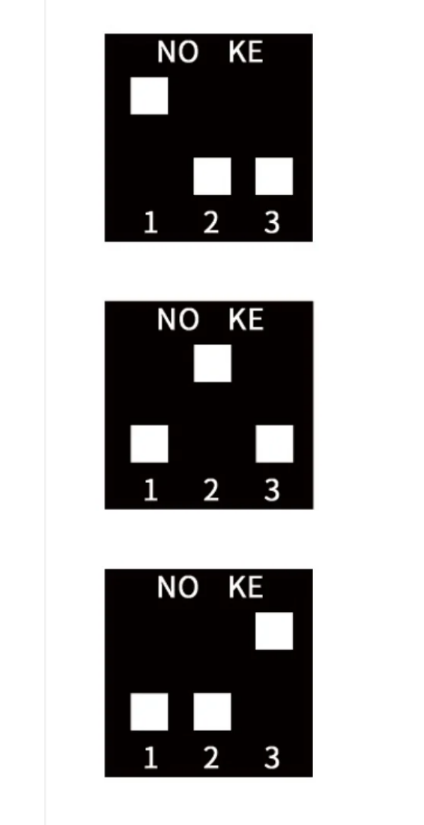
TEXTURED MODE [●○○] - a V-shaped sound profile which gives a more pronounced low frequency, notched midrange and just a bit of emphasis on upper midrange up to some parts of high frequency.
NATURAL MODE [○●○] - It produced a more of a U-shaped sound signature where low and high frequencies are just a bit elevated on almost equal level to deliver a more balanced sound. Compared to [ ●○○], it somewhat highlights the high frequency part as I noticed some improvements of the treble quality.
VOCAL MODE [○○●] - This setting delivers a bright U-shaped profile in which there's a noticeable elevation on the midrange part and also on the high frequency segment. This one has the brightest tonality among the three.
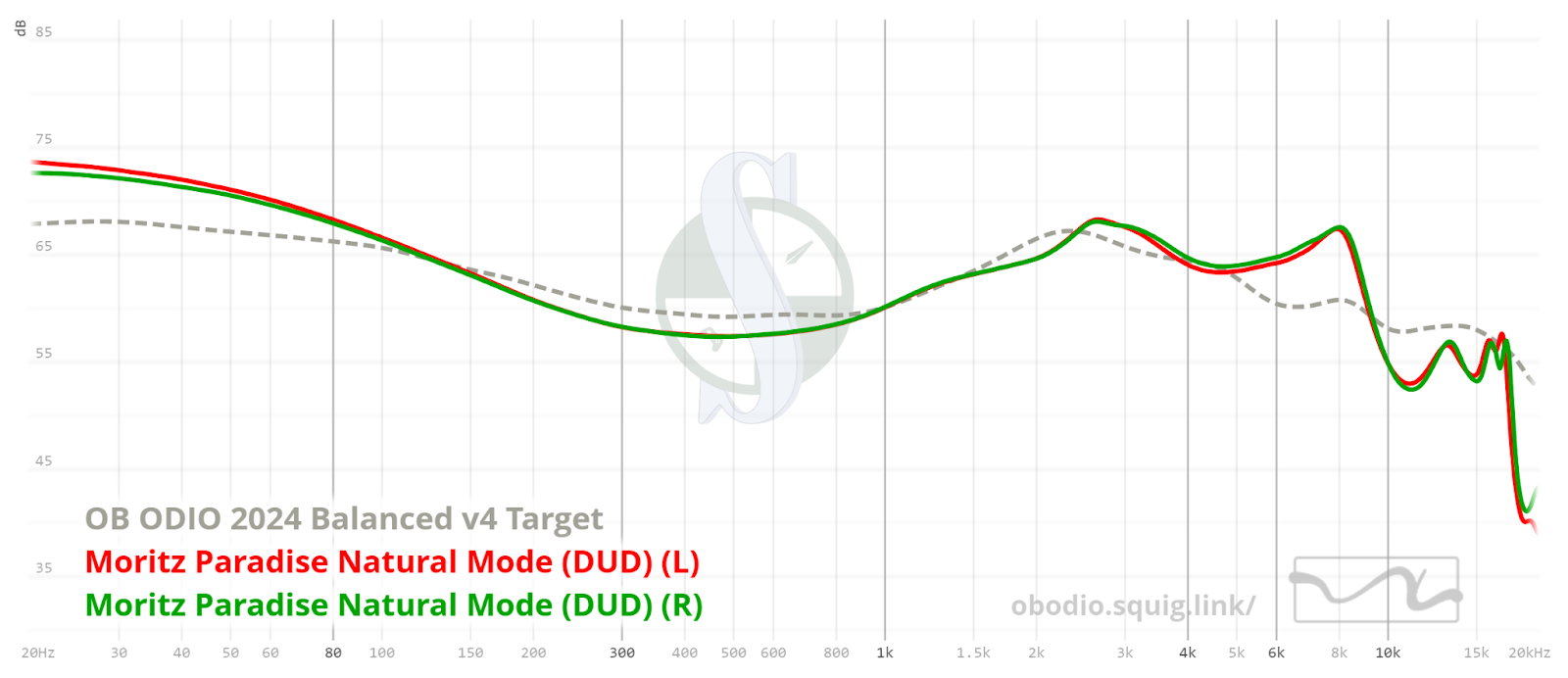
(FR graph was provided by OBODIO , credits to him)
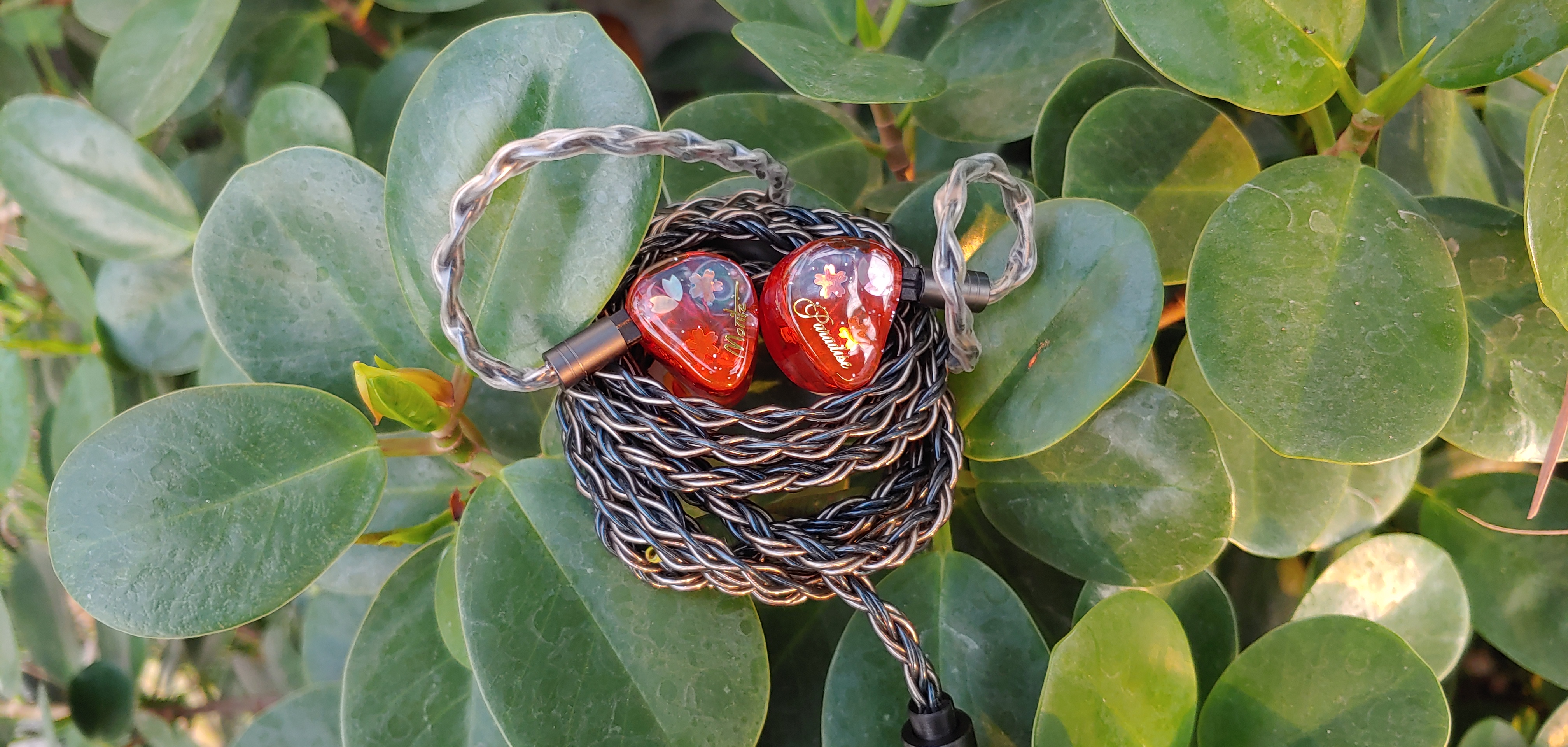
LOWS/BASS:
◆TEXTURED MODE◆
This one has more mid bass texture than sub bass presence on its overall bass quality. It delivers a more punchy, impactful and vigorous bass response that might be satisfactory among adherent bass heads.
INSTRUMENTS:
Bass Guitars - weighty and resonant sound.
Double Basses - heavy and earthy sound.
Bass Trumpets - it has a mighty, full-bodied sound with dark timbre.
Bass Kick Drums - dark and thunderous sounding.
VOCALS:
Basses - they have that deep reverberating definition as it sounds thicker with darker timbre.
Bass-Baritones - rich and full sounding but less darker timbre compared to basses.
◆NATURAL MODE◆
This setting has a more balanced bass quality as both bass sections have an equal presence in this particular frequency region. Compared to [●○○] mode, this one still punchiness although to a lesser degree, but it has more rumbly and incisive bass response that make this setting have a cleaner bass presentation.
INSTRUMENTS:
Bass Guitars - more resonant and rasping sound although it has less weighty sounding.
Double Basses - sombre and resonant sound.
Bass Trumpets - less full and less warm sounding compared to the ones on [●○○].
Bass Kick Drums - thudding and resonant sound.
VOCALS:
Basses - compared to the [●○○], its sound is less darker, less dense as it has almost the same sound quality with [●○○]’s bass-baritones.
Bass-Baritones - less rich and full sounding compared but it has a bit of woolly sound characteristics.
◆VOCAL MODE◆
Apparently that it has the most leanest bass quality if it will be compared to the [●○○] and [○●○] modes. It delivers a tighter, precise and more rumbly sound that gives a more tidy and well-segregated bass response.
INSTRUMENTS:
Bass Guitars - more mellow with a more sustaining sound.
Double Basses - resonant yet a bit hollowed sound.
Bass Trumpets - lacking of fullness with even less darker timbre sound compared to [○●○].
Bass Kick Drums - rumbly yet it has a bit hollow sound.
VOCALS:
Basses - while it has that resonant but apparently, it has less power and volume to define its exact voice quality.
Bass-Baritones - even less rich and warmer sound compared to the [●○○] and [○●○] as if that they sound more closer to lyric and kavalierbariton that sound milder and metallic.
MIDRANGE:
◆TEXTURED MODE◆
The midrange of this one is definitely recessed presentation on its overall frequency response. But it has rich, warm, well-textured and with sufficient clarity which are more ideal towards male vocals and to some extent, contraltos along with other classes instruments like brasses and percussives.
INSTRUMENTS:
Guitars - a bit dark, a tad meaty and buttery sound.
Violins - full, austere and a bit muffled sounding.
Cellos - dark, weighty and a bit veiled sounding.
Piccolos - too warm, probably this particular tuning mode’s weakness, as it sounds less brilliant.
Concert Flute - too mellow and too rich sounding.
Clarinets - warm, sonorous and sombre sounding.
Saxophones - more darker, full and warm sounding.
Trumpets - full, rich with darker timbre sound.
Trombones - dark , powerful and overpowering.
Horns - warm, too mellow and sonorous sound.
Snare Drums - hard and too mellow sound.
Tom-toms - too warm with less resonant sound.
Field Drums - dark and booming sound.
Kettledrums - booming and dull sound.
Pianos - dark, warm and rounded sound.
VOCALS:
Baritones - a tad rich, a bit smooth and warm sounding, suits well with dramatic and noble baritone types.
Tenors - brassy, full and broad sound, somewhat suits well to heldentenors and dramatic tenors.
Countertenors - too warm and overly smooth sound.
Contraltos - dark, heavy and husky sound from their chesty vocals.
Mezzo-sopranos - too smooth and a bit too dark sounding.
Sopranos - creamy, full and rich sound, dramatic and spinto sopranos will fare better on this tuning mode.
◆NATURAL MODE◆
Compared to the [●○○], it has a less recessed presentation that sounds more balanced across the overall sound frequency range. While it lessened the warmth if compared to [●○○], it has a well-balanced, a tad more energetic and clearer midrange quality that makes it more of an all-rounder on vocals and instruments.
INSTRUMENTS:
Guitars - balanced and a bit more midrange-y and crunchy sound.
Violins - sweet and lustrous sound.
Cellos - mellow and sonorous sound.
Piccolos - light and graceful sound.
Concert Flute - graceful and silvery sound.
Clarinets - rich, mellow and lustrous.
Saxophones - mild, mellow and sonorous sound.
Trumpets - brilliant , rounded and full sound
Trombones - full and dramatic sound
Horns - mellow and velvety sound.
Snare Drums - sharp and clear sound.
Tom-toms - warm, resonant and rustling sound.
Field Drums - full and sonorous sound.
Kettledrums - mellow and substantial sound.
Pianos - pleasant, sweet and sufficiently rich sound.
VOCALS:
Baritones - warm, smooth and plush sound, makes it more versatile to all subtypes of baritone.
Tenors - rich, brassy and clear sound.
Countertenors - Tender, velvety and expressive sound.
Contraltos - smoky and rich sound from their vocals.
Mezzo-sopranos - velvety, rich and tender sound.
Sopranos - silvery and gleaming sound, can be an all-rounder of all soprano types.
◆VOCAL MODE◆
While this tuning mode is still has a less recessed midrange presentation compared to the [●○○] but it further loses its warmth and texture as it sounds the leanest among the three modes although not that lean that VDSF and other Harman-esque types of tuning on how it defined its midrange presentation. Overall, its midrange quality sounds more transparent, more detailed, crisper and even more energetic in which the female vocals like mezzo-sopranos and sopranos and instruments like strings and woodwinds will be more highlighted.
INSTRUMENTS:
Guitars - Crisp, lingering and a bit dry sound.
Violins - vibrant and clear sound but occasionally it has that thin sound.
Cellos - vibrant, lively and a bit incisive sound.
Piccolos - brilliant and intense sound as this one is an ideal timbre for these instruments.
Concert Flute - light, airy and bright sound.
Clarinets - expressive, lively and brilliant sound.
Saxophones - reedy, penetrating and incisive sounding
Trumpets - Bright and metallic sound.
Trombones - too soft yet penetrating sound.
Horns - clear, velvety and brilliant sound.
Snare Drums - Bright and metallic sound.
Tom-toms - less warmth, incisive and resonant sound.
Field Drums - hard and less sombre sounding.
Kettledrums - hollow, resonant and dry sound.
Pianos - clear, gleaming and brilliant sound.
VOCALS:
Baritones - light, sweet and mellow sound, great for lyric and light baritones.
Tenors - dazzling, light and spicy sound, good for leggero and spinto tenors.
Countertenors - golden, fiery and more emotive sound.
Contraltos - less hefty and less plush sound.
Mezzo-sopranos - fiery and glowing sound.
Sopranos - Shining and shimmering sound, will somehow suit coloratura and lyric sopranos in this type of tuning setting.
HIGHS/TREBLE:
◆TEXTURED MODE◆
This one has the smooth and even treble response that makes it a bit relaxed sounding that will give an unsatisfying face to adamant treble-headed audio enthusiasts. With this mode, it will be unlikely susceptible to sibilance and stridency. As for the brilliance section, it has a meagre treble air with a bit dim on its sparkle.
INSTRUMENTS:
Cymbals - dull, soft and a bit dark sounding.
Hi-hats - dull and sombre sound with less buzzing sound on their distinctive chick-y sound.
Celestas - too mellow and too soft sounding.
Glockenspiels - a bit too warm and rich that it will sound either lustrous or shimmering.
NATURAL MODE
Compared to the [●○○], it has a tad more energetic and vibrancy on the treble response as it gives more clarity and definition on more crisper attack on instruments and articulate vocal quality. Like the [●○○], not a hint of sibilance nor harshness that ever occurs in this tuning setting mode. While it has some slight improvement on the brilliance, particularly on the intensity of its sparkle, the improvement of its airy extension is rather marginal as I find nothing to be impressed about it.
INSTRUMENTS:
Cymbals - lustrous and soughing sound
Hi-hats - a short resonant and full sound.
Celestas - velvety and sweet sounding.
Glockenspiels - bell-like and lustrous sound.
◆VOCAL MODE◆
The treble quality of this tuning setting is the brightest among the three tuning modes. It has more emphasis on the upper-mids up the brilliance sections compared to [○●○] that makes the sound more clearer and sharper definition but at the expense of mild metallic, a tad piercing and a bit shrill sounds. While It has more treble air presence and more intensity of its sparkle, I still think that its airy extension is still modest in my opinion as I have some midrange IEMs with better airy extension.
INSTRUMENTS:
Cymbals - bright, metallic and glistening sound.
Hi-hats - short buzzing and sizzling sound.
Celestas - Glistening and shimmering sound.
Glockenspiels - thin, bright with a tad shrill sound.
SOUNDSTAGE, IMAGING AND OTHER TECHNICALITIES:
This is probably the MORITZ PARADISE strongest asset on how it performs its overall technical performance. While not the most widest sounding IEM that I have experienced on perceiving sound/speaker stage dimensions, it had an above-average width on its lateral span, good height reach and an immersive depth that in all of these attributes, it will give me a moderately roomy head stage within my aural sphere. On its stereo imaging, it projects 3D, holographic presentation with a well-layered soundscape with each section had tonal frequencies and dynamics of instruments and vocals with good separation on them on which I can pinpoint the exact cues of their placement within the confines its perceived sonic spatiality.
The cohesiveness of the overall performance of its hybrid drivers is remarkable on how fluid the transient response of the bass quality from dynamic driver, while the balanced armature drivers exhibits a clear and detailed sound along with the added layers of reverberations and depth perception that the high quality bone conduction driver could deliver. Resolution capability of this one is quite competent enough given that I've experienced more resolving and very detailed sets at the midrange segment. It has more solid macro-dynamics on how it highlights the varying loudness of volume level on its dynamics while its micro-detail retrieval aspect is capable on extracting some nuances, details and subtleties from a sonic canvas of an audio track like vocal ends, reverb tails and notation attacks from instruments in fact that it doesn't that sharper and finer definition to focus those elements.
PEER COMPARISONS:
UNIQUE MELODY MEST II (DEMO)
- The second model of the MEST series line-up and like the PARADISE, it also employs a hybrid driver configuration.
- Aside from dynamic driver, balanced armature driver and bone conduction driver, it also utilises a Sonion “EST” electret driver in which The PARADISE is lacking.
- As for product packaging, I assumed that as I did a full review of its successor model, the MEST III, this one is also full-packed with high quality accessories.
- It has a U-shaped sound profile, as it has a rumbly and a bit tighter bass response, a tad leaner but clear and transparent midrange and then, an energetic and bright treble response.
- The technical capabilities of this one is sort of decent, not that impressive as it has an above average sound/speaker stage size, a concave-like stereo presentation with good layering and separation, and a rather passable resolution capability.
- This one is almost three times the price of the PARADISE even though this one is already an old model.
LETSHUOER EJ07M
- Another midrange hybrid driver model from LETSHUOER, a variant of the EJ07 but with a metal alloy shell and slightly different tuning.
- While this one has a three driver technology that was implemented, it doesn't have a bone conduction driver like the PARADISE but it has Sonion “EST” electret driver that the latter doesn't have one.
- Like all LETSHUOER products, this one is also pretty well-accessorised with high quality cable, an assorted type of eartips and carrying case.
- The EJ07M has a balanced-neutral sound profile as it has a more balanced bass presentation, a neutral yet well-textured midrange with clarity and transparency, and a well-balanced treble response with just enough shimmer and good airy extension.
- The overall technical capabilities of this one is quite excellent and if I compared it to the PARADISE, it has a tad wider soundstage size but the rest of technical capabilities are quite comparable.
- This is a bit less pricey than the PARADISE.
LETSHUOER EJ09
- An old flagship IEM of LETSHUOER, it has a hybrid driver configuration in a UIEM-type resin shell chassis.
- This set has three drivers with different technology but it doesn't have a bone conduction driver.
- This set is also well-packed with quality accessories.
- The sound signature of this one has a neutral-ish-bright profile which makes this set have a more “reference” sound as it has tighter bass response with more emphasis on the midrange and treble to sound more clear, transparent and shimmering.
- Technical aspects of this one are off the charts as this is still one of the most technical IEMs in the market from well-spacious head stage up to the very detailed resolution capability.
- This one is priced at over a grand that makes it more expensive.
As I concluded this assessment, it's a rarity for me to do a product review on an IEM in the midrange segment which has a coloured tonality as majority of the midrange sets that I'm reviewing so far are either neutral or just slightly a bit coloured tonal profile. But with the introduction of this model from MORITZ, it somehow change my perception on my tonal biases that while this tuning might not for me but it has a very strong potential in the audio market, and I believe there are many audio enthusiast looking for well-rounded, coloured sound with excellent technical capabilities.
This one might be too coloured for some audio enthusiasts who are adherent to neutral sound but if you just want a fun, engaging and lively sound with superb technical capabilities and more tuning options that suits your listening mood session, this set might be the one you are looking for.
MORITZ PARADISE is now available at MORITZ’s official store. you can check out the link that I have provided below.
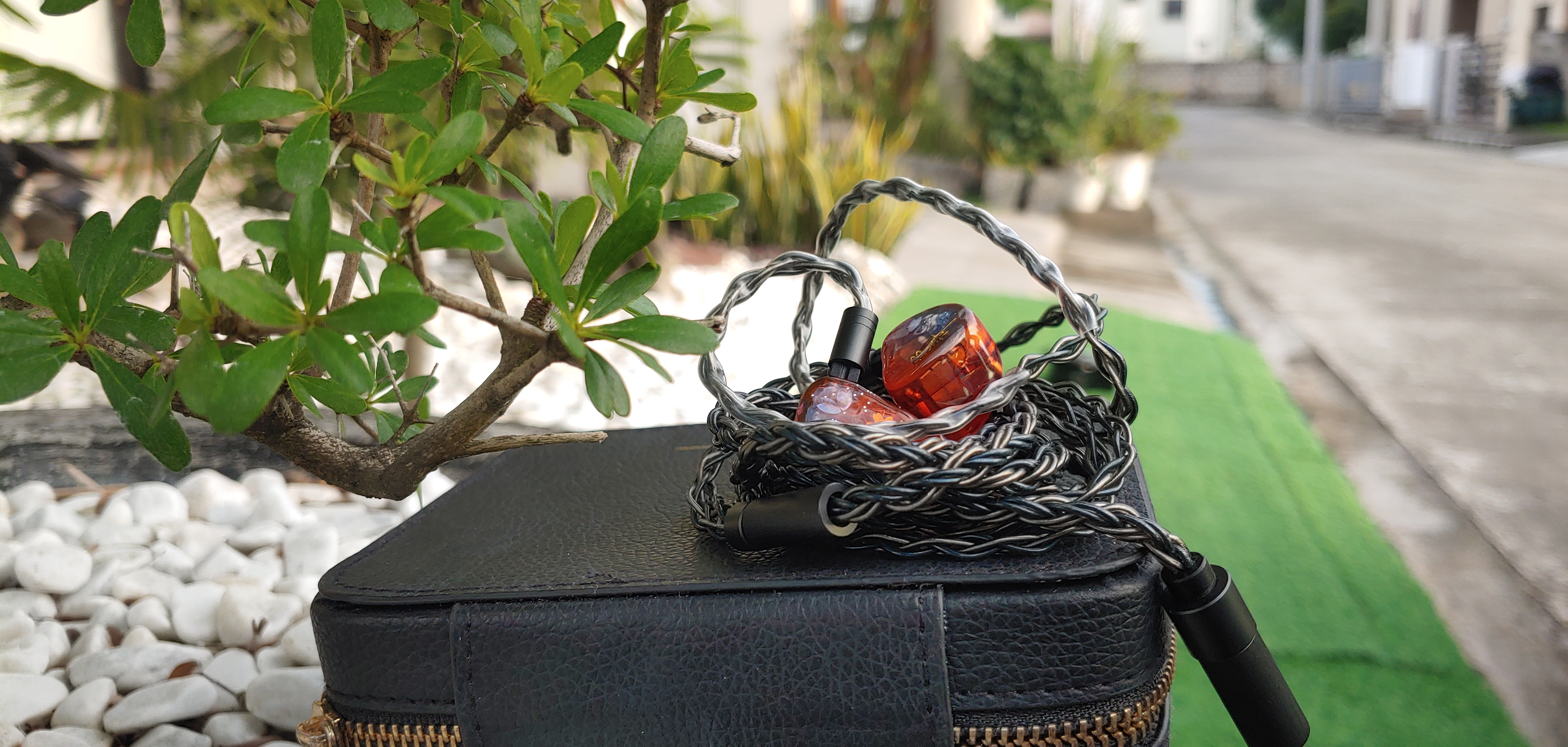
SPECIFICATION:
MODEL: MORITZ PARADISE
IMPEDANCE: 7Ω
SENSITIVITY: 100dB
FREQUENCY RESPONSE: 5Hz – 45kHz
CABLE LENGTH: 1.2m
PIN TYPE: 0.78mm 2-PIN CONNECTOR
PLUG TYPE: (MODULAR) 3.5mm, 2.5mm, 4.4mm
DRIVER UNIT(S): (2) DYNAMIC DRIVER, (4) BALANCED ARMATURE DRIVER, (2) BONE CONDUCTION DRIVER
PROS:
● Its UIEM-type shells are made of high quality imported resin which are hypoallergenic and also sturdy.
● Aesthetically-pleasing faceplate design.
● Offers an ergonomic fitting to provide a comfortable wear while having a good passive noise isolation.
● Good quality stock cable with a modular termination plug features
● Pretty well-accessorised inside of its packaging box.
● Tuning toggle switches for tonal versatility as it offers 3 distinctive tonal profile from V to U-shaped sound signatures
● A well-done coloured tuning sound profile
● The Sonion bone conduction driver gives that out of ordinary depth perception on low frequency and to some extent, an atmospheric kind of spatiality.
● Authoritative and impactful bass response. (Texture Mode)
Punchy and precise bass response. (Natural Mode)
● Tight and incisive bass response. (Vocal Mode)
● Warm, full and rich midrange, good for male vocals and instruments like brasses, percussives and some strings. (Texture Mode)
● Clear, transparent and energetic midrange in which some female vocals, woodwinds and strings will sound more tonally correct (Natural and Vocal Modes)
● Smooth and relaxed treble response (Texture Mode)
● Bright and clear treble response.(Vocal Mode).
● Holographic and well-layered stereo imaging presentation.
● Pairs well to most sources with varying power and impedance output despite its one digit impedance rating, surprisingly, I don't encounter that noise floor hiss that is prevalent to some oversensitive sets with very low resistance rating.
CONS:
● Absolutely too coloured sounding that adherent neutral heads will frown upon.
● Instances of bass bleeding. (Natural Mode)
● Recessed midrange presentation
● Occasional tinny, shrill and tad piercing sound. (Vocal Mode)
● Its treble air extension is a bit inadequate.
● Occlusion effects might occur to some ears.
TRACKS TESTED: ( * = 16-bit FLAC, ** = 24-bit FLAC, *'* = MQA, '*' = DSD, *'= .WAV)
Alison Krauss -When You Say Nothing At All *
Jade Wiedlin - Blue Kiss**
Led Zeppelin - When The Levee Breaks **
Mountain - Mississippi Queen *
Queen - Killer Queen **
Guns N' Roses - Patience *'*
Eric Clapton - Tears in Heaven '*'
Sergio Mendes- Never Gonna Let You Go '*'
Pearl Jam - Daughter **
Roselia - Hidamari Rhodonite *
Assassin - Fight (To Stop The Tyranny)*
Celtic Frost- Visual Aggression *
New Order - Blue Monday *
The Corrs- What Can I do (unplugged version) *
Jimi Hendrix Experience - Voodoo Child *
The Madness- Buggy Trousers *
Metallica - Motorbreath **
Mariah Carey- Always Be My Baby *
Destiny's Child - Say My Name *
Malice Mizer- Au Revoir *
Mozart - Lacrimosa *
New York Philharmonic Orchestra - Dvorak- Symphony 9 " From the New World." *
Eva Cassidy - Fields of Gold (Sting cover)*
Michael Jackson - Give In To Me *
Exciter - Violence and Force *
Diana Krall - Stop This World **
Debbie Gibson - Foolish Beat *'*
The Sisters of Mercy – Lucretia My Reflection**
Suzanne Vega – Luka **
Lauren Christy – Steep *
Ottoman Mehter - Hucum Marsi *
Diana Damrau - Mozart: Die Zauberflöte*
Type O Negative - Black No.1 *
Felix Ayo - Vivaldi: Presto **
Three Tenors - Nessum Dorma *
Mercyful Fate - Witches' Dance *
P.S.
I am not affiliated to MORITZ AUDIO nor receive any monetary incentives and financial gains as they provide me a review unit for an exchange of factual and sincere feedback from yours truly.
Once again, I would like to send my thanks to Mr. Obed Sanchez a.k.a. OBODIO for providing this review loan unit. You can check out his YouTube account here.
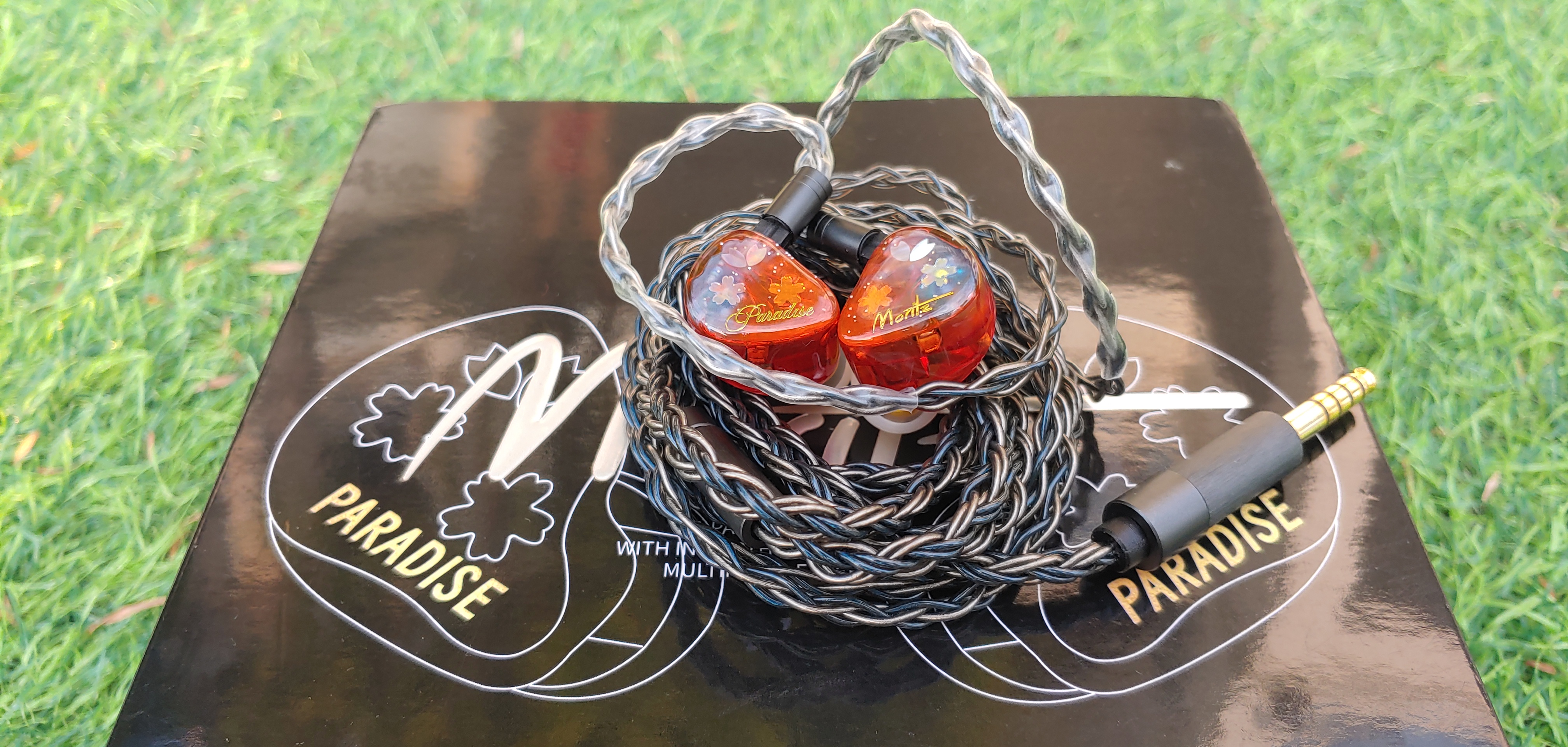
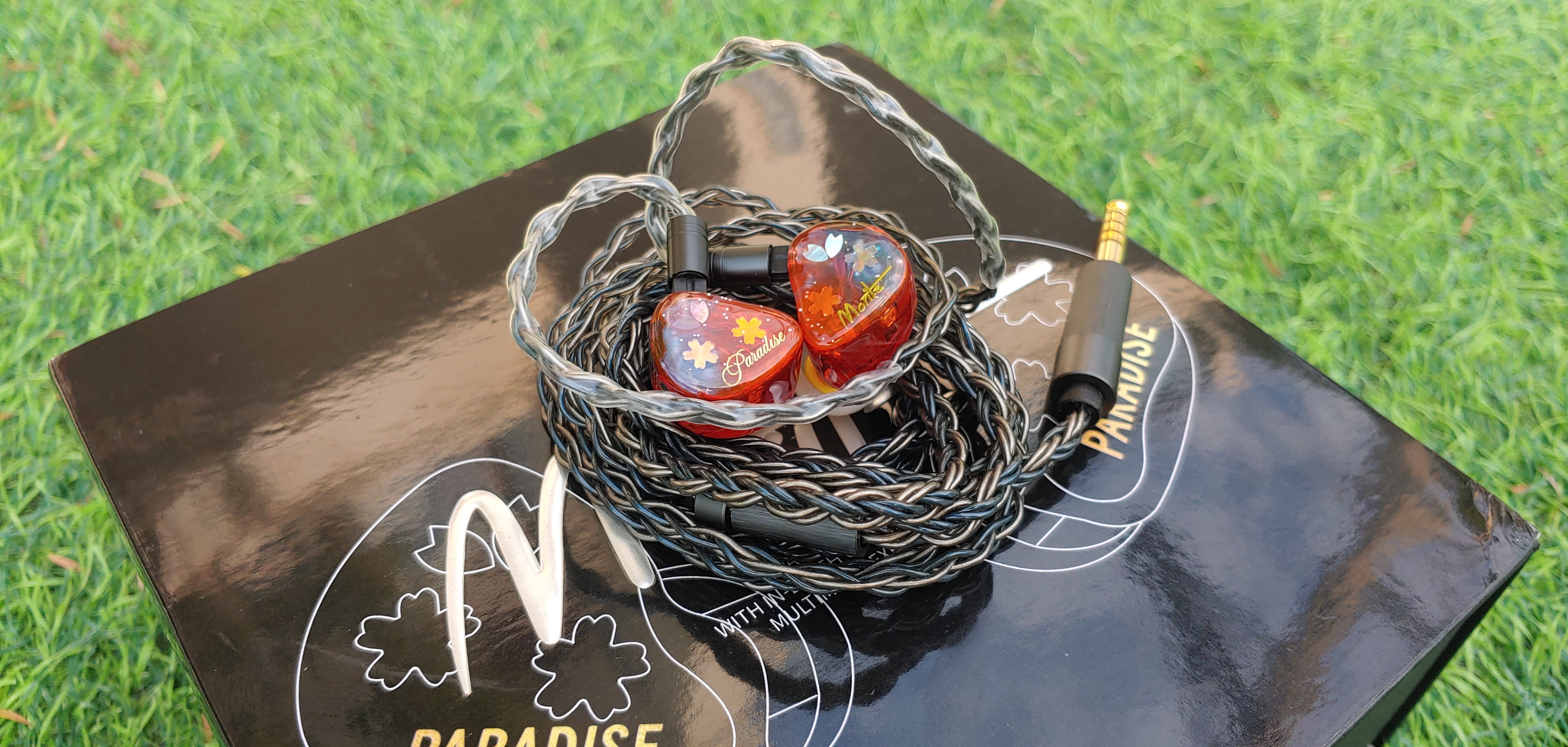
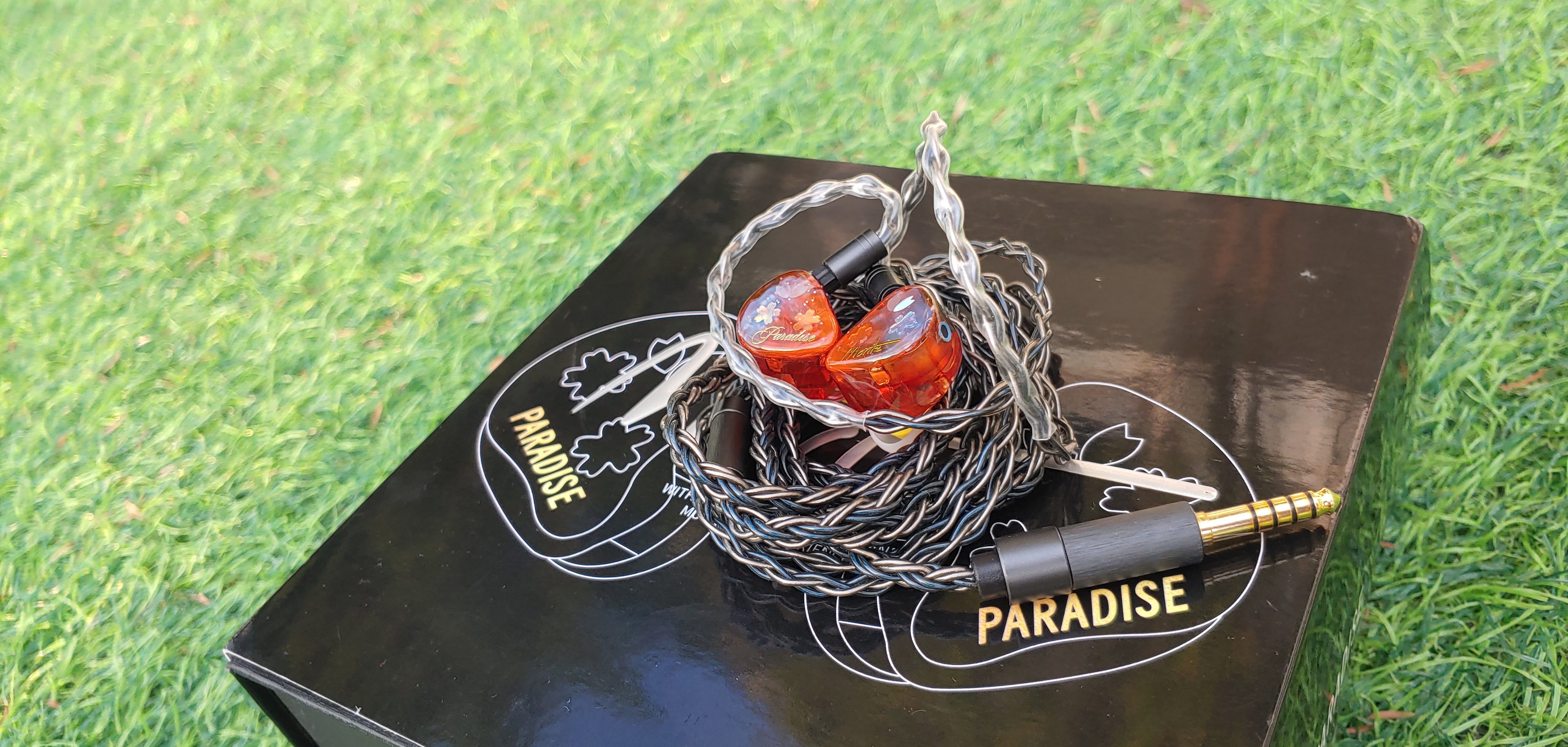
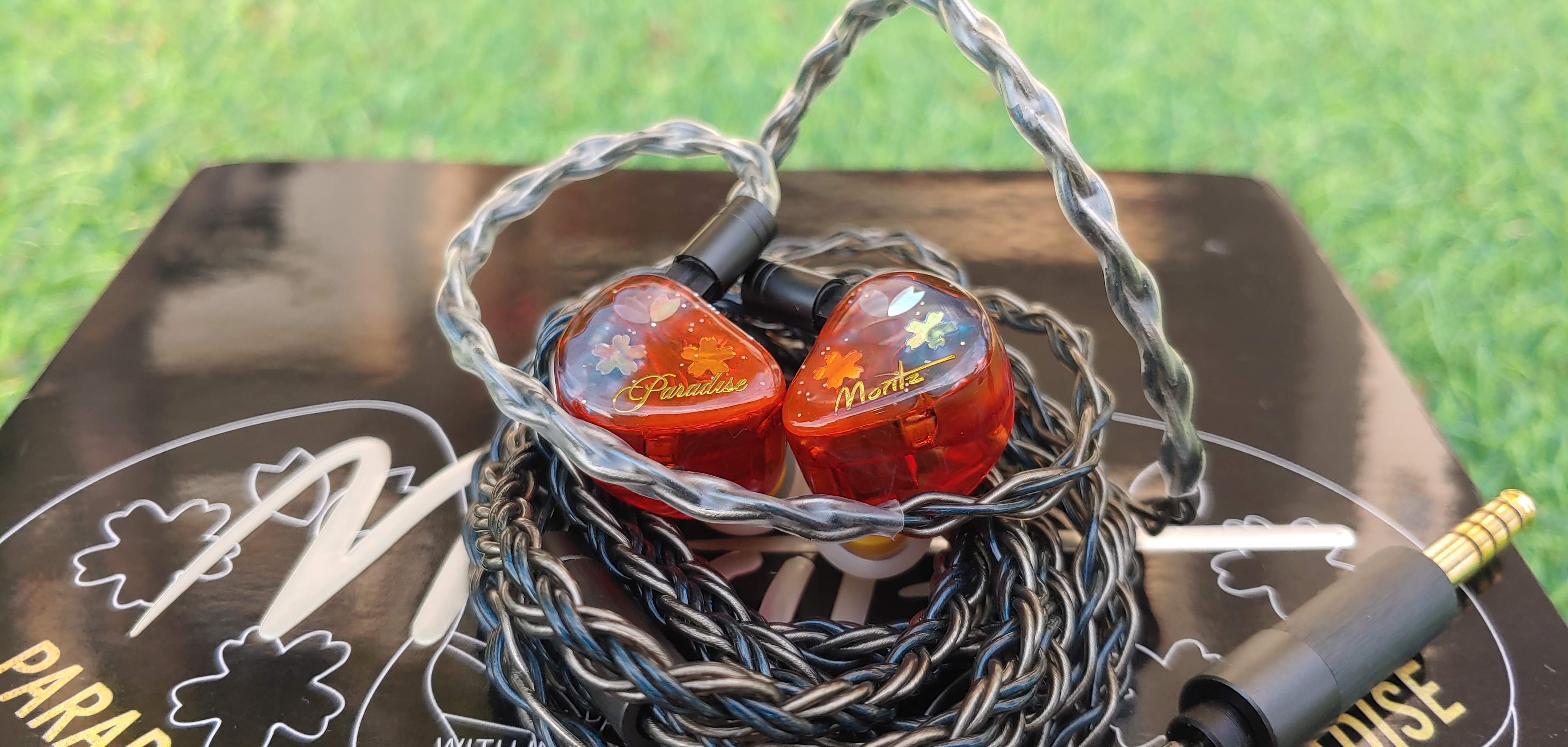

Comments
Post a Comment